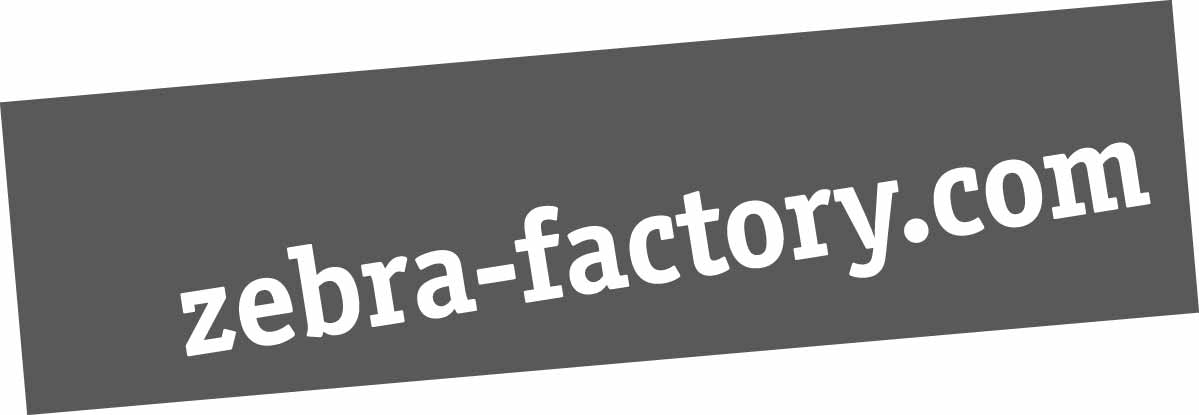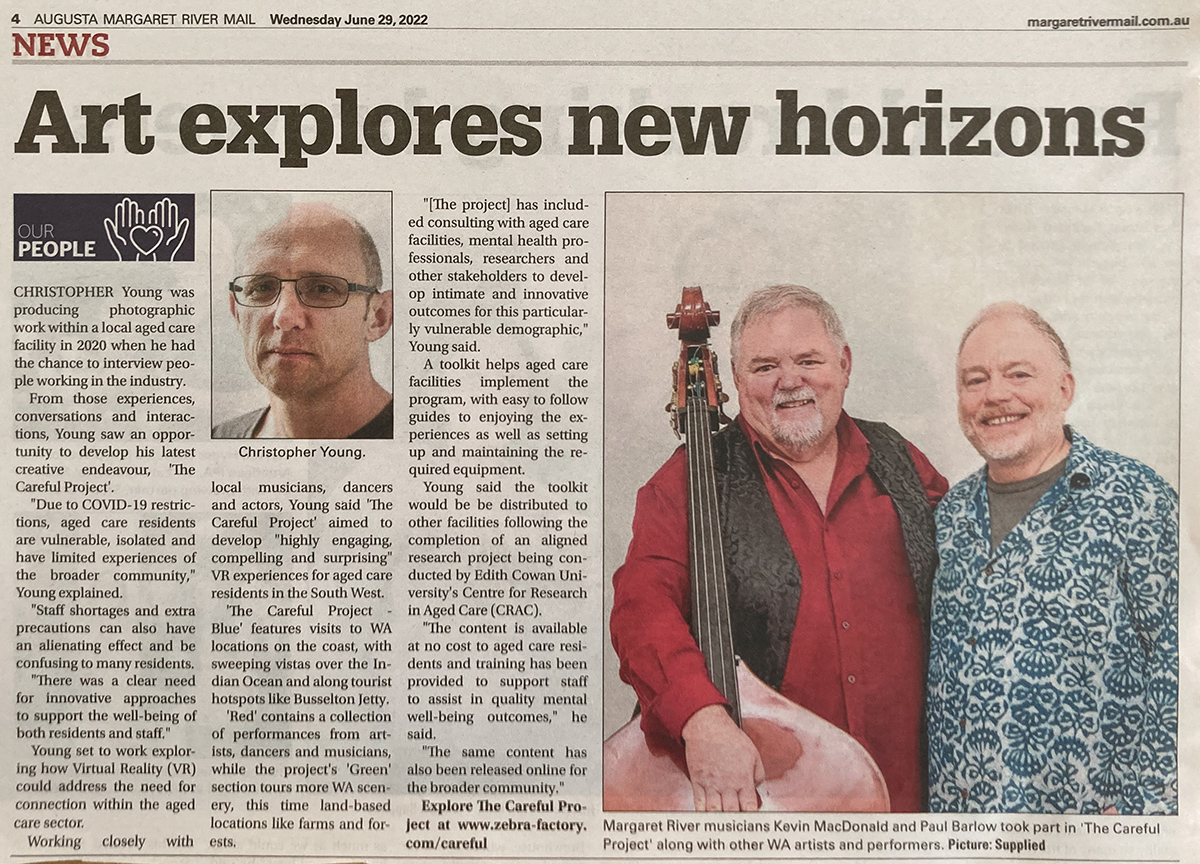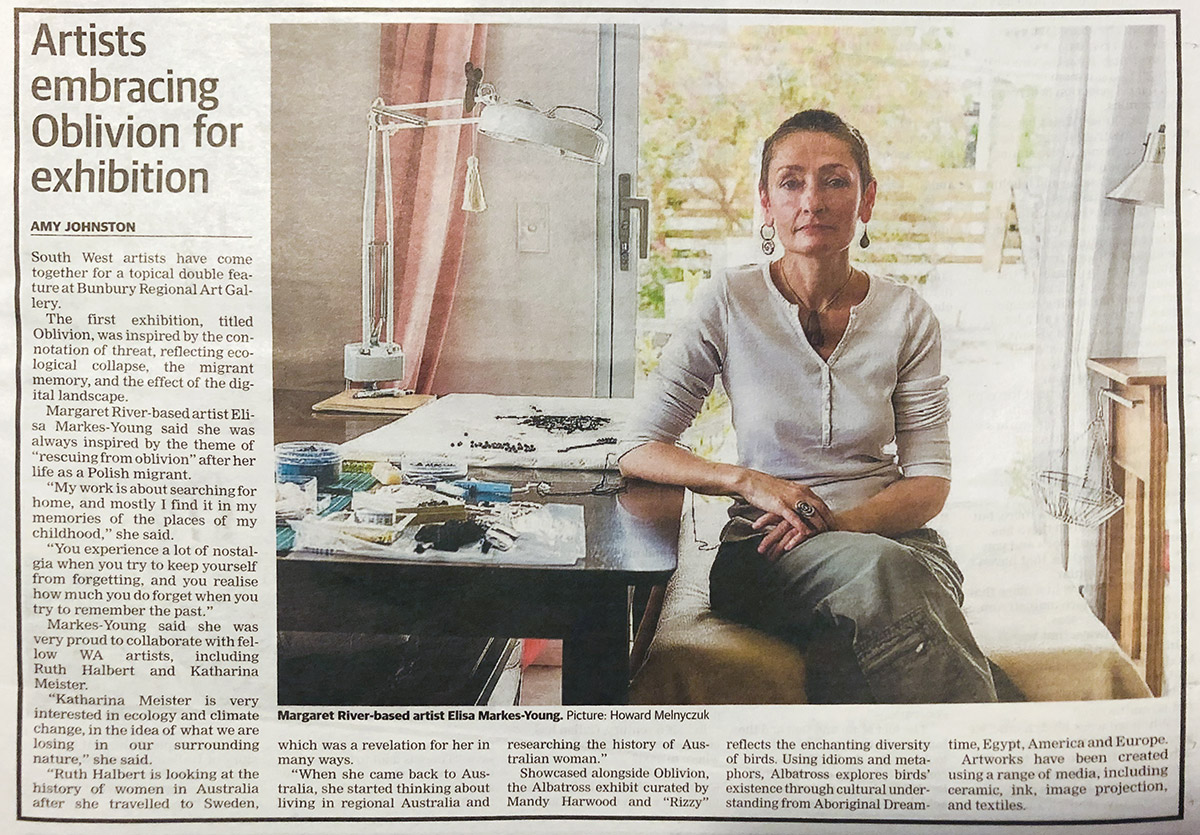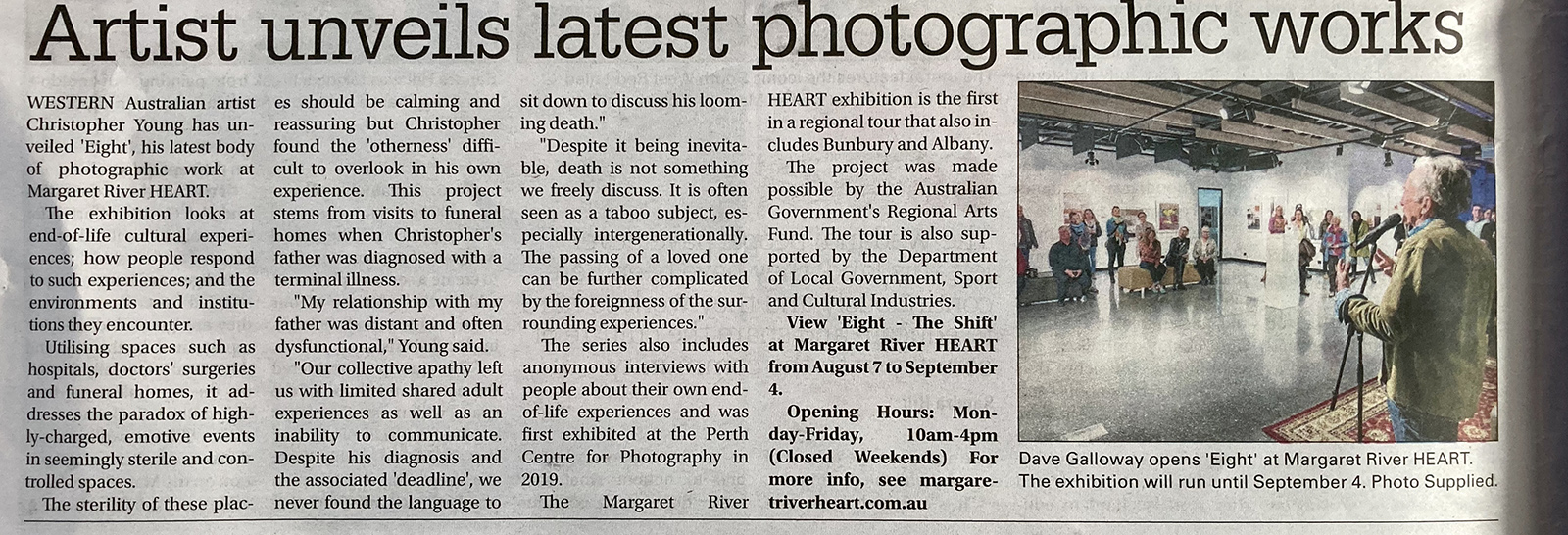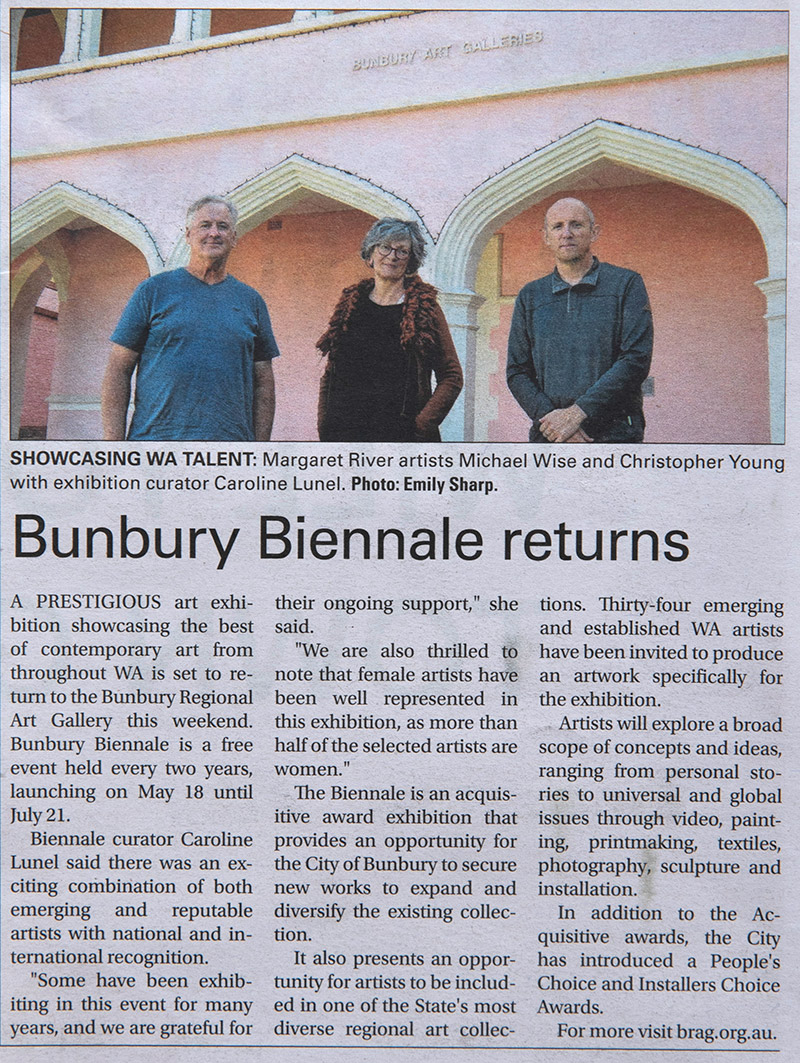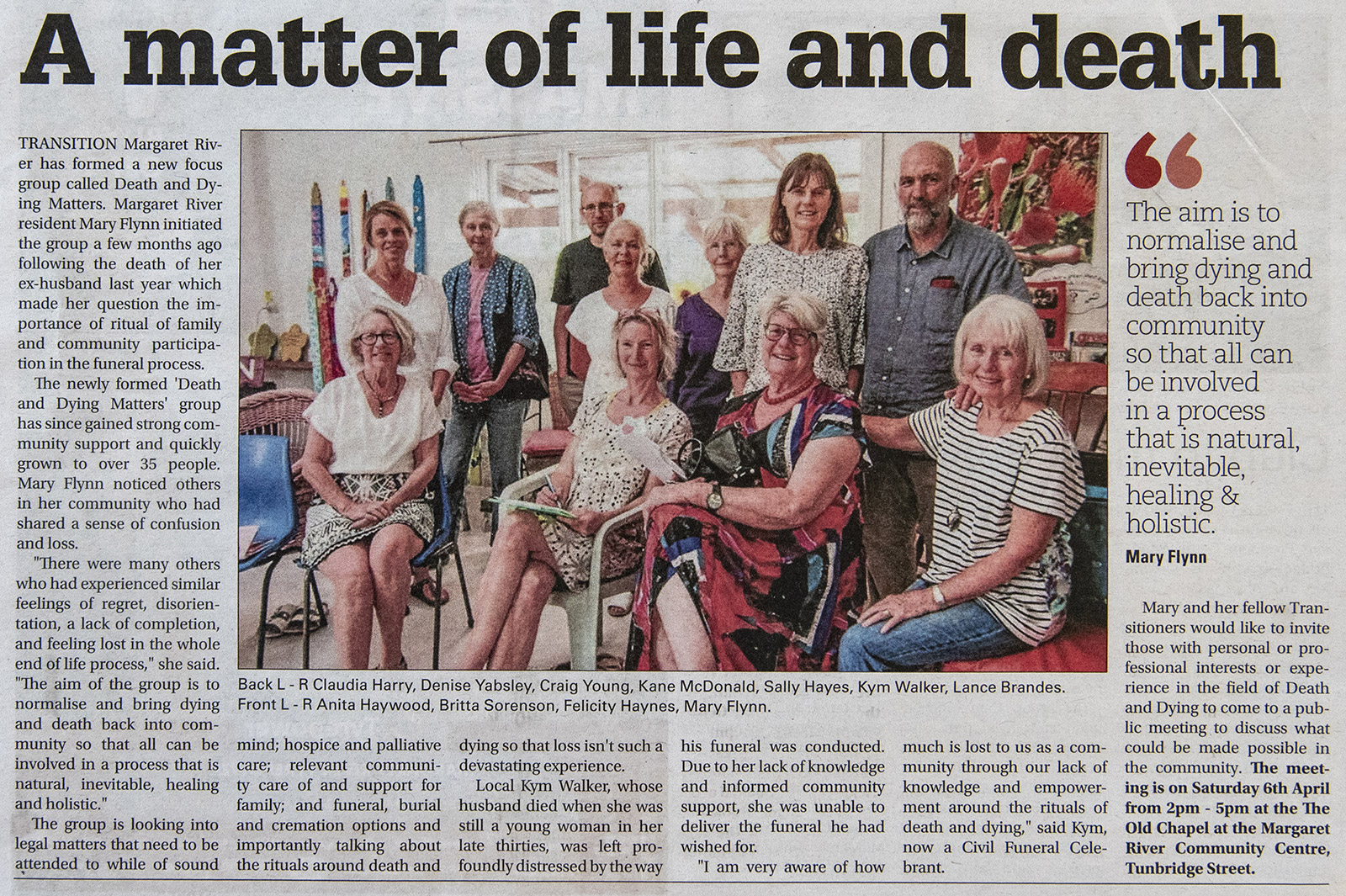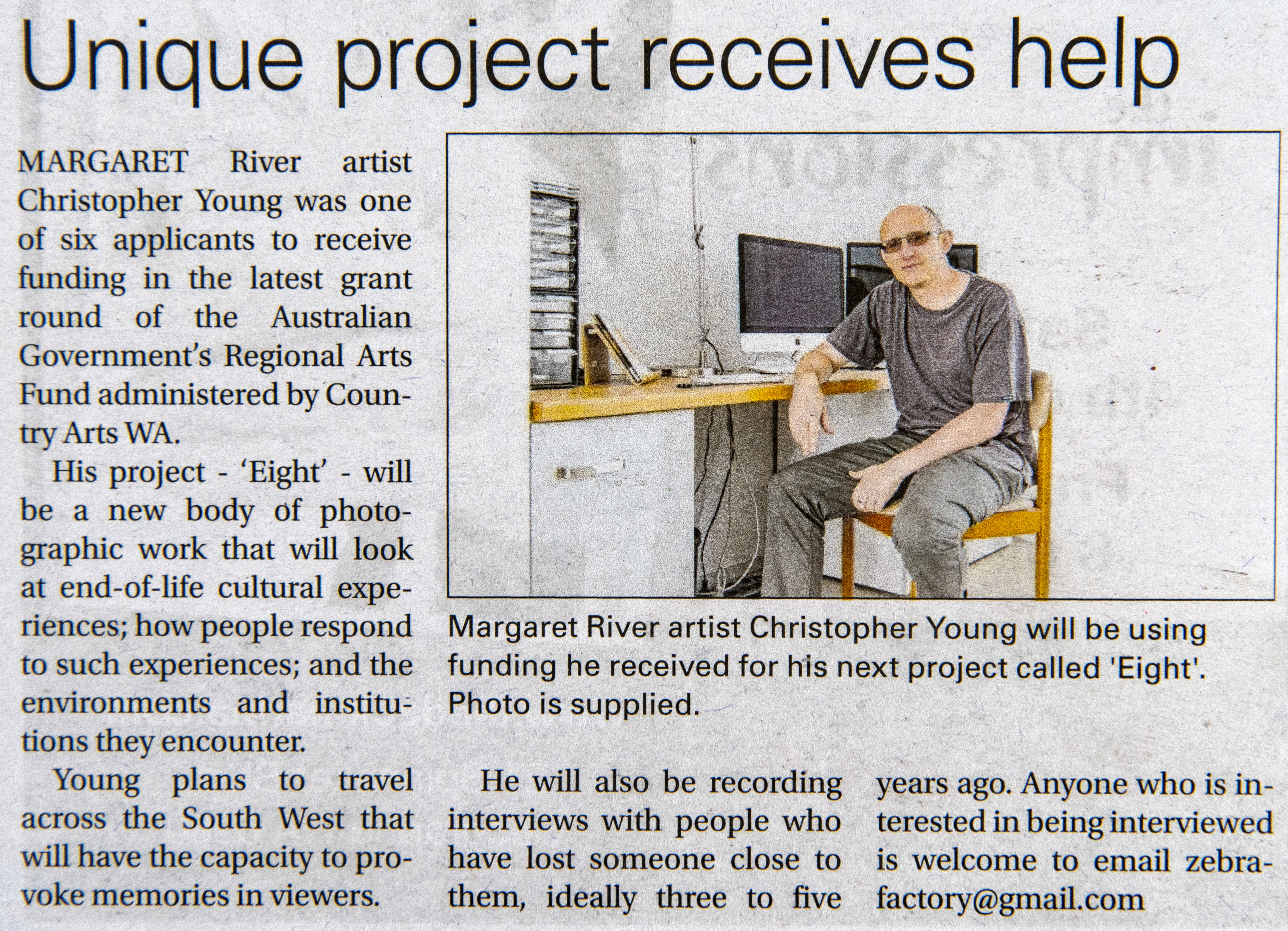Press Archive
Margaret River Mail
Margaret River Times
Margaret River Mail
Bunbury Mail
Margaret River Mail
The Augusta/Margaret River Times
The West Australian
For centuries books have assumed different forms and made use of different materials. From stone tablets, palm leaves, bamboo strips and papyrus scrolls through the stained glass, altarpiece and statuary narratives of the great cathedrals to illuminated manuscripts, Renaissance frescoes and painted ceilings to early printed codexes, paperbacks, ebooks and multi-media chimeras, they have always questioned their own identities.
Of course, so much depends on your definition of a book. Gallery East’s Between the Sheets: Artists’ Books Exhibition 2017 on show at Gallery Central, takes the broad view. The result feels like a library of maquettes produced by some vast confabulist scriptorium. In a good way.
The 78 works by 61 artists from nine countries — including 36 WA participants, seven of them recent graduates from North Metro TAFE and Edith Cowan University — are made by “printmakers, photographers, architects, wordsmiths, textile artists, painters, sculptors and digital artists”. As Robert Heather writes in his catalogue essay, “exhibitions such as this also demonstrate that artists’ books can transcend our temporary or imposed borders”.
Thus Janis Nedela’s Bedfellows III, rubber-stoppered test tubes filled with “reconstructed book, paper pulp, wood and charcoal” line up like glass reliquaries. Pam Langdon’s Under the Eaves, made from 31 reconstructed books and recycled timber, replicates nature’s growth patterns in the folds and rolls of the “discarded, unloved” pages.
Elisa Markes-Young’s delicate, moving Treny (The Laments) is “a rosary made out of a copy of Jan Kochanowski’s Treny, a collection of 19 poems written in 1579 in memory of his daughter, Urszula, who died aged 30 months”.
Helen Malone’s The Sunken Boat, a “flexible sculptural book structure of etched Perspex” contorts like the translucent ghost of a scrimshawed whalebone.
There are soft books, some of which can be handled with gloves, some without, allowing the conjunction of text and texture to be felt and seen. There are hard books in plastic, wood or other materials which are sculptures in all but name. There are pierced, filigree books which admit light through their wounded bodies. There are printed and painterly books, defaced and destroyed books, and maps, charts and calligraphic fantasies that strive to escape the very surface that gives them life.
In Medieval Modern: Art out of Time, Alexander Nagel writes: “Modernism may have died a long time ago, but the modernist historical frame is lifting only now, and that means the ‘medieval strain’ in modern art is becoming visible, making it possible, in turn, to think through the history of modern art in new ways.”
The artists’ book is arguably one of the chief protagonists in the history of modern art as seen through the lens of medievalism in all its organic, protean religiosity and profane sensuousness.
In that sense, Between the Sheets evokes not just a library but a church in which the word is indeed made flesh.
Between the Sheets: Artists’ Books Exhibition 2017 is on at Gallery Central, Aberdeen Street, Perth until April 8. View the works.
Review: William Yeoman
Embroidery Magazine
The West Australian
When we look back on our past there is often an element of fiction that enters the picture. The colours seem brighter or darker, the people more delightful or cruel, events are collapsed, mixed and reconfigured. Nevertheless our visions seem utterly convincing, at least to ourselves.
Artists Christopher Young and Elisa Markes-Young tackle this conundrum in the mixed-media exhibition Improbable Returns. It is a search for origins. For Markes-Young home was once Poland and for Young it was New Zealand and Germany.
The exhibited works derive from a return to Poland and New Zealand, respectively, after decades away. The artists discover the impact of the passage of time on places.
The past is understood as some kind of utopian ideal, once tangible as the present, then forever out of reach with the effect of passing years.
The exhibition begins in two small rooms. Like repositories of memory, each contains photographs, artefacts and installations specific to the artists’ childhoods. These ephemera are a point of entry to the broader exhibition, which is less accessible.
Young photographs his childhood small town in the North Island of New Zealand in the middle of winter, focusing on personal and sundry details, community pastimes and entertainment. Some images show unremarkable landscapes, whereas others home in on daily life.
Duck hunting at a man-made lake features in one series of images. They are moody, foggy, heavy and intimately revealing of idiosyncratic, ramshackle hunting hides.
Young describes a class divide within the town between the wealthy farmers and strugglers, between those hunting ducks for pleasure and those hunting for survival.
There is a downtrodden look to many of the images, where everyday existence is grim. There is also melancholy in the murky scenes looking into the mist, the muddy tire tracks and the wonky street signs. This is given a lighter edge with the images of old-time band players who just keep on keepin’ on.
While the stories behind the images are largely impenetrable, it is clear that Young tried to engage his personal experiences with the place, the community and its inhabitants upon his return.
In contrast to the gritty everyday of her husband’s photographs, Markes-Young’s Polish works are mostly textiles. They are opulent red, shimmery gold and silver, beaded, textural and patterned. They show a deft sense of craft and exquisite attention to detail.
Markes-Young’s return to Poland led to a discovery of origins in luscious florid detailing working with decadent materials. These works come alive with a tactile seductiveness.
Several works demonstrate a play between two and three dimensions, between the finished and unfinished. Others are so resolved that they appear transcendent. They speak of somewhere other than here, in the traditional resonance of the patterns and techniques used.
The artists engage in a questioning of identity and belonging in relation to that fickle notion of home. There is a sense that these works are not so much nostalgic, or about homesickness. Rather they call upon the condition of fernweh, a German word to describe a longing for a place, a feeling of being home but wanting to be somewhere else as a reverse of homesickness.
Review: Laetitia Wilson
Melville Times
Subiaco Post
Western Suburbs Weekly
Scoop Magazine – Spring 2013
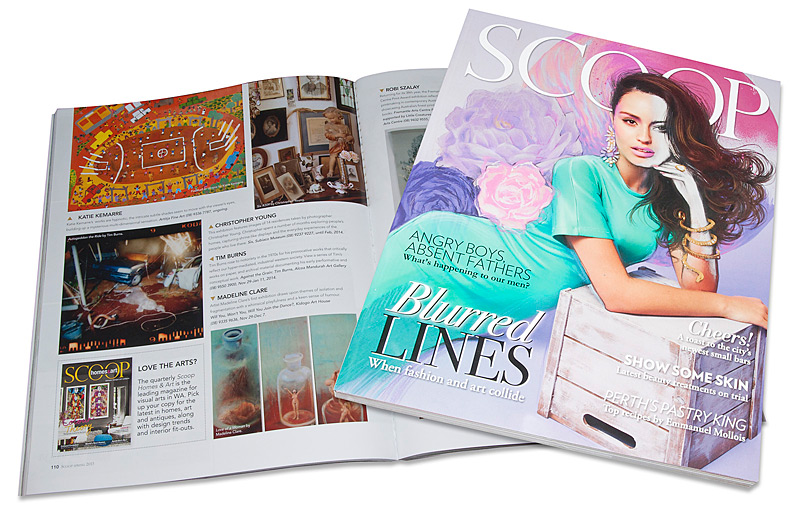
TAFTA Magazine – Issue 1. No. 101
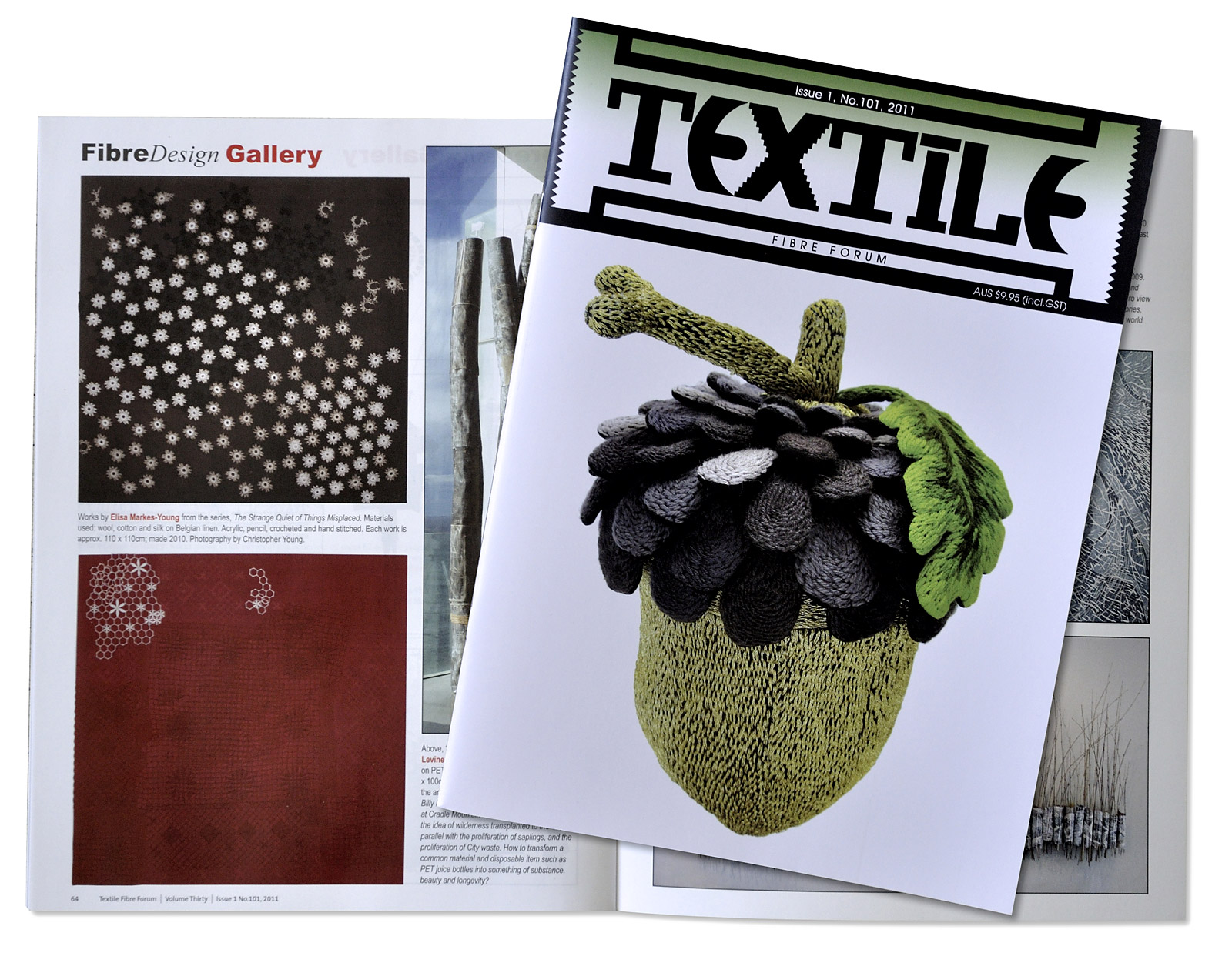
Australian Centre for Photography – April 2010
Chris selected as the Australian Centre for Photography’s ‘Exposure Time’ Winner.
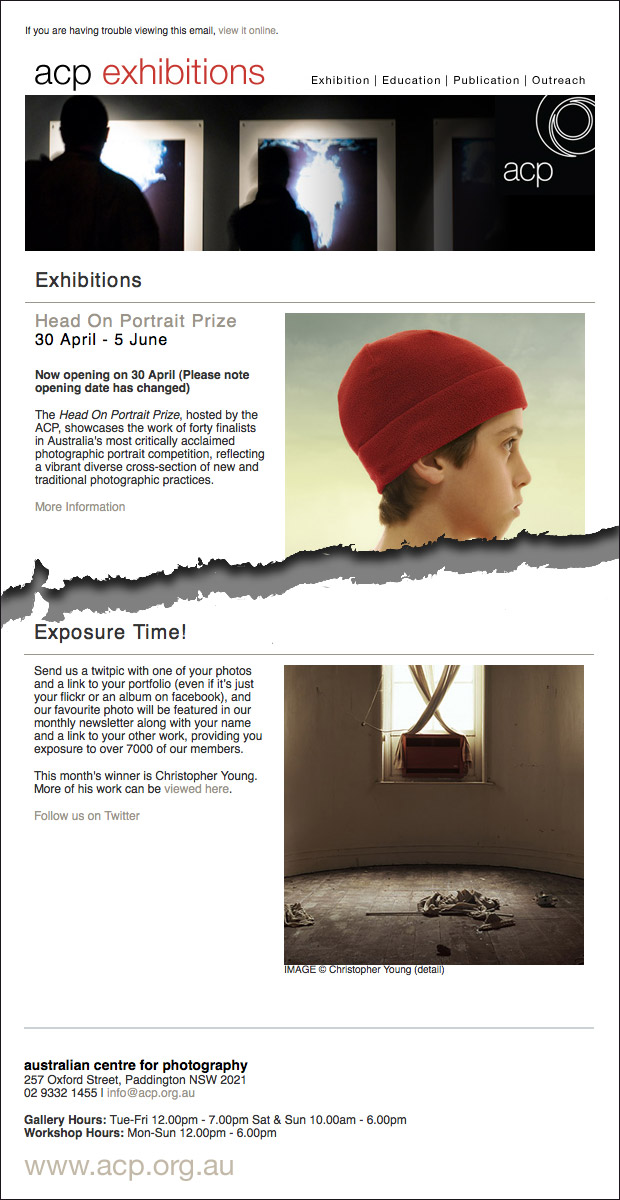
Embroidery – January/February 2010
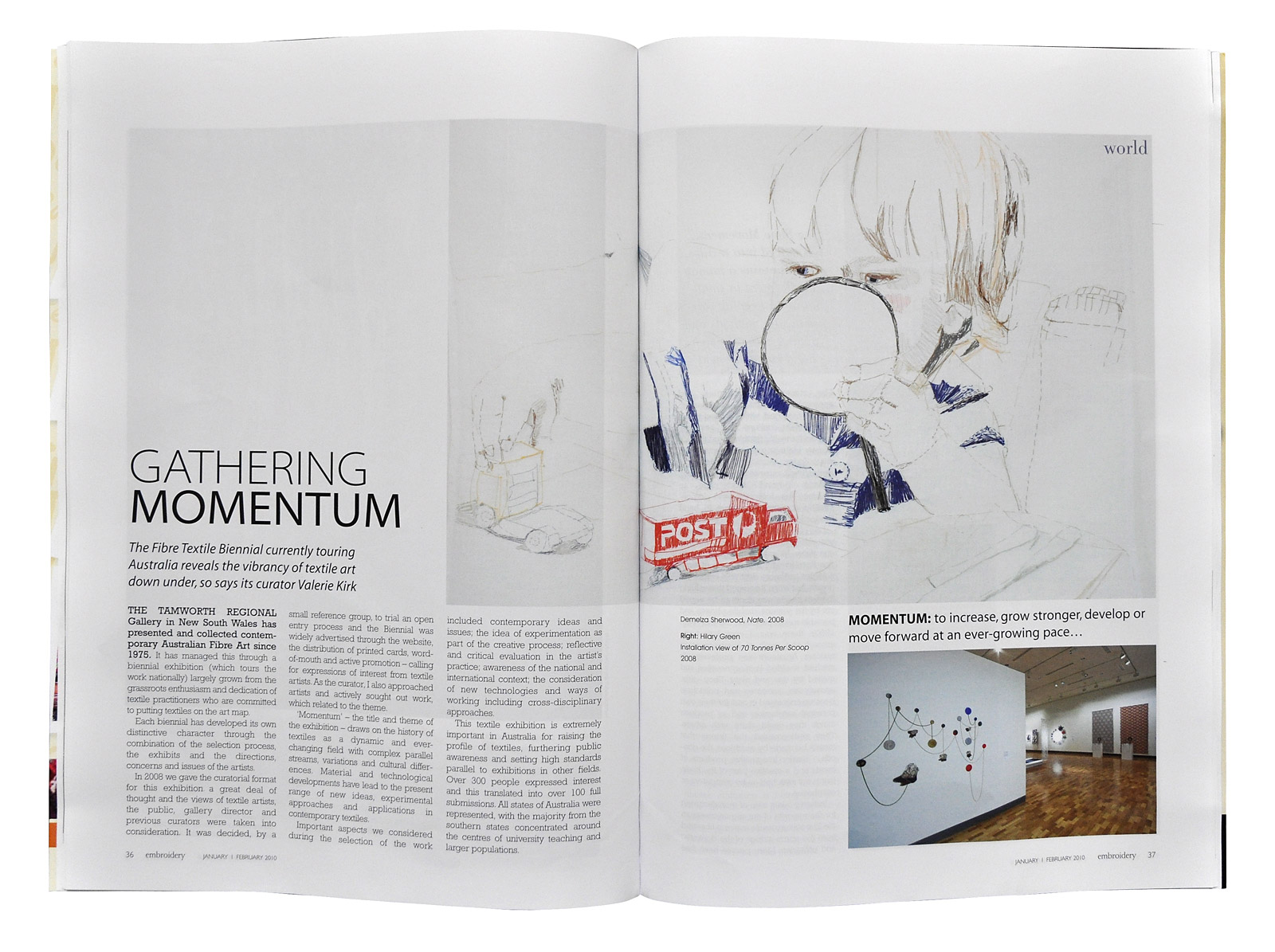
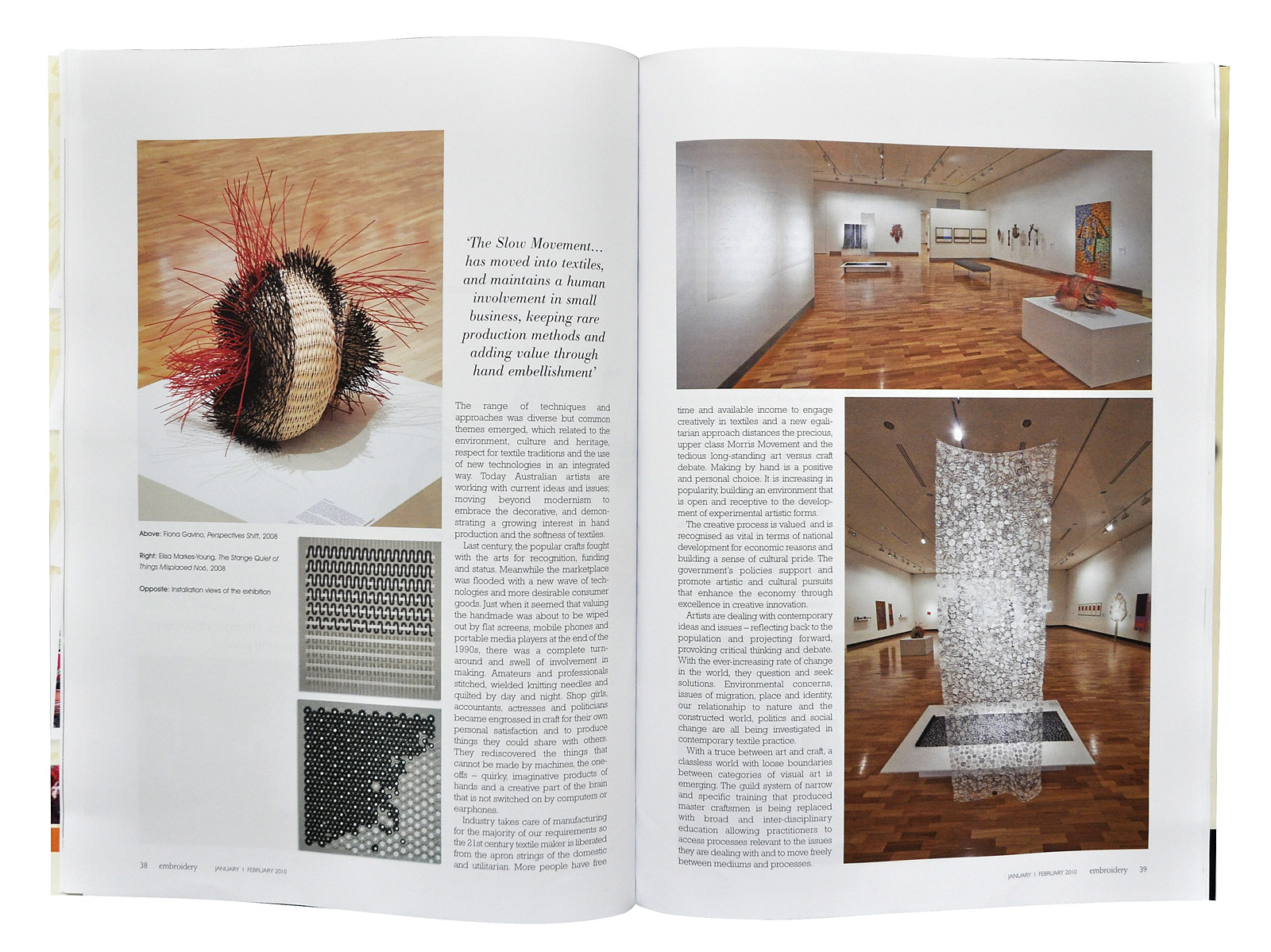
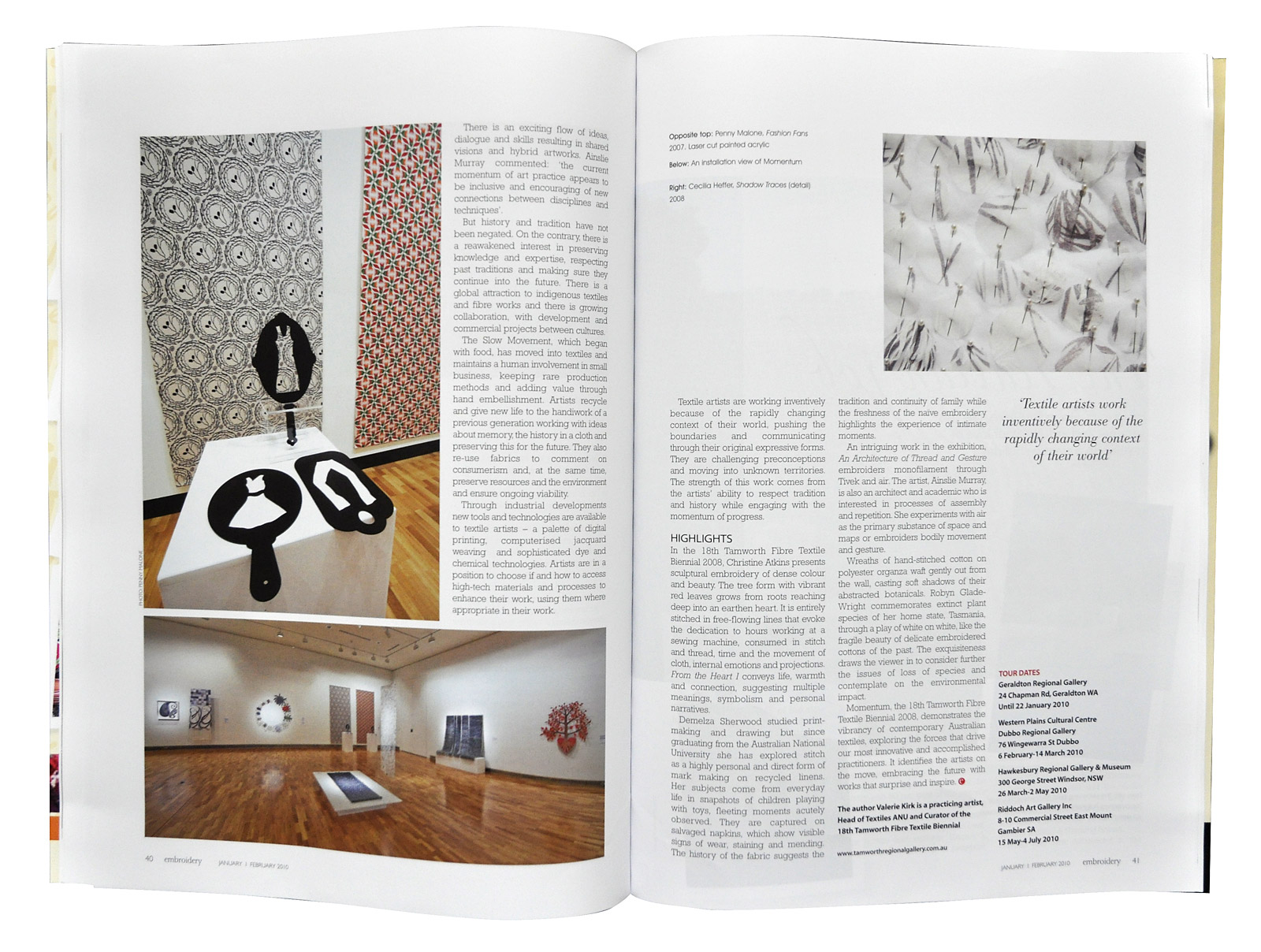
Waves – The Edith Cowan University Art Collection
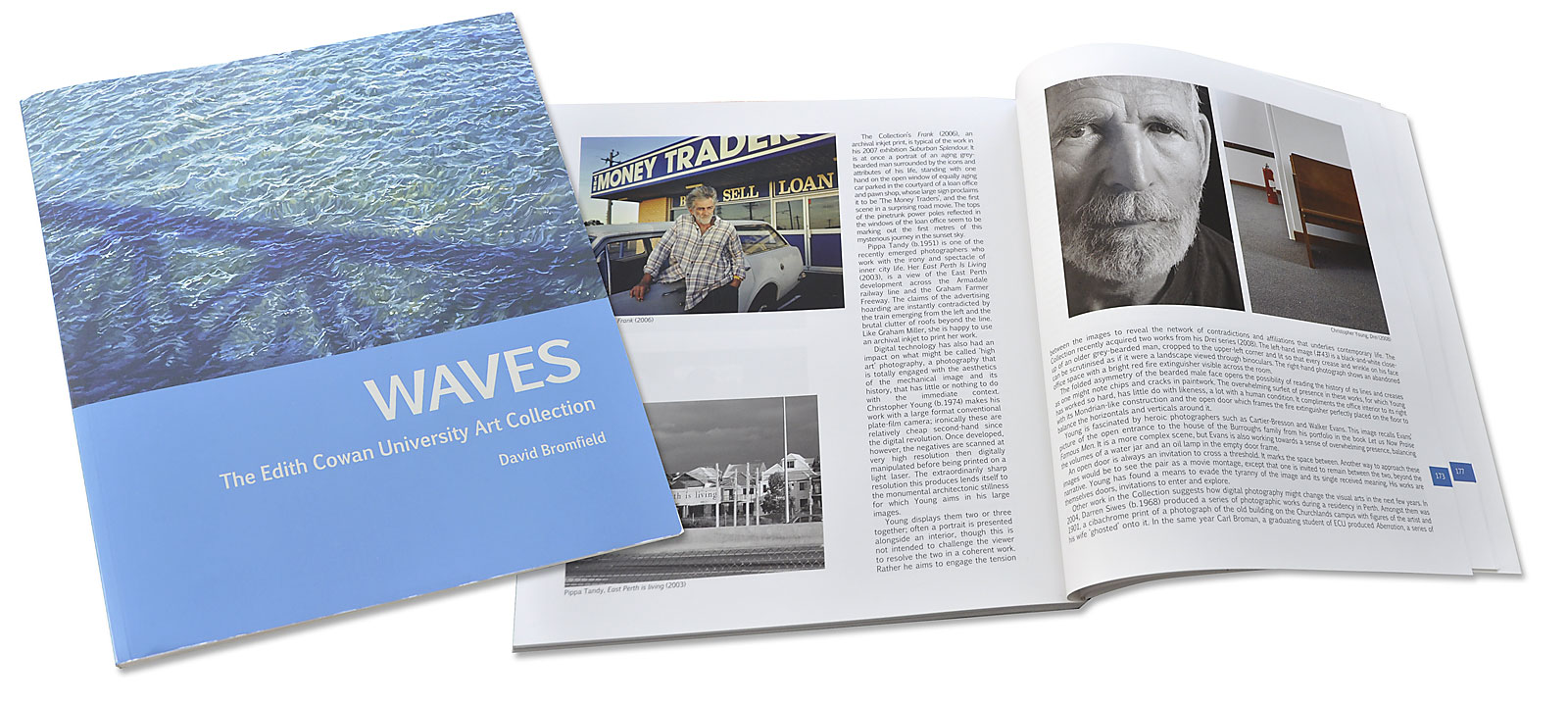
‘Waves – The Edith Cowan University Art Collection’ by David Bromfield was launched on October 30, 2009 by the Vice-Chancellor of Edith Cowan University, Professor Kerry Cox. Two of the three images from drei that are in ECU’s collection are included in this publication.
Tete-a-Tete Issue 4
‘How Hot is Print Making Right Now? The daunting diversity of work at this year’s Fremantle Print Award’ – Joanna Gould
This year’s Print Award was largely overwhelming. The variation in artists’ praxis between works was so disparate they appear incomparable. Due to the nature of the award, a ‘print’ was always the final stage, however, the mode by which to get there and importance of printing techniques varied immensely.
… In this reviewer’s opinion, in order to fully appreciate the diverse range of works exhibited at the Fremantle Art Centre one should be in possession of two things; a Printmaking term sheet and subcategories by which to appreciate works that use similar methodology and technical skill. By not appreciating each work in such a manner attempts to analyse would equate to trying to compare, for example, the realist perfection of a pre-Raphaelite painter to the abstract expressionist work of Jackson Pollock, without knowing the art historical back story.
The first category I have fashioned for this analysis is the Digital Data Printing or as the Printmaking term sheet describes it, a plateless printing system, whereby a machine does the physical print for you. The most successful of these I believe was Christopher Young’s lightjet print entitled Five #08 (2008). He utilised the larger and more precise colour coding to his advantage when printing this work, which has a yellow hue present throughout the warm colour spectrum.
(Article Continues)
Though my categories are not set-in-stone they do provide a treasure map by which to navigate the exhibition. Without these sub-categories or at least knowledge of the process behind each print technique you may just miss the highly unique and complex technical work that has gone into some of the works exhibited at this year’s Print Award.
The Bunbury Biennale – 28 July 2009
David Bromfield
So, in its sixteenth year, is the Biennale still a pacesetter for the West? Not in the same sense perhaps. In fact it presents a moderately conservative view of current Western Australian art, safe, steady, almost totally object based and often a little retardataire. Nonetheless it remains, scandalously, the only regular review of contemporary art in our State.
In his opening speech Stefano Carboni, the Director of the State Gallery, made a joke that his home town Venice has had a slightly larger Biennale for some time. Yes, but why has AGWA not introduced a regular WA Review, a State Biennial of its own? It had at least a decade of the greatest boom in history to make a start, so what went wrong? This outrageous laziness is not yet Dr Carboni’s responsibility, but it soon will be. Perhaps now is the time to take on the task; the lamentable PICA will never do it, despite its over-optimistic acronym.
(Article Continues)
After a cibachrome-led boom about a decade ago, the use of photography by artists is in decline, but the Biennale has several examples of artists engaged with photography, such as Olga Cironis’ detached bird wing. Christopher Young is, however, the only artist to take on fully the idea of photography as process and art. He is fascinated by abandoned buildings and their contents, a kind of postmodern Pompei, in which broken furniture, sun-bleached curtains, useless files, fire extinguishers and floors covered with human detritus tell the tale of existence through trivial tokens. Through his work he asks, ‘What or who is there? What can’t we see? How do we overcome the helplessness of not being able to ground an image in a timeline?‘ These questions find an echo in the work and words of many artists in the Biennale. Perhaps, after all, it is a good summation of the dilemmas of our contemporary artists.
X-Press – July 9, 2009
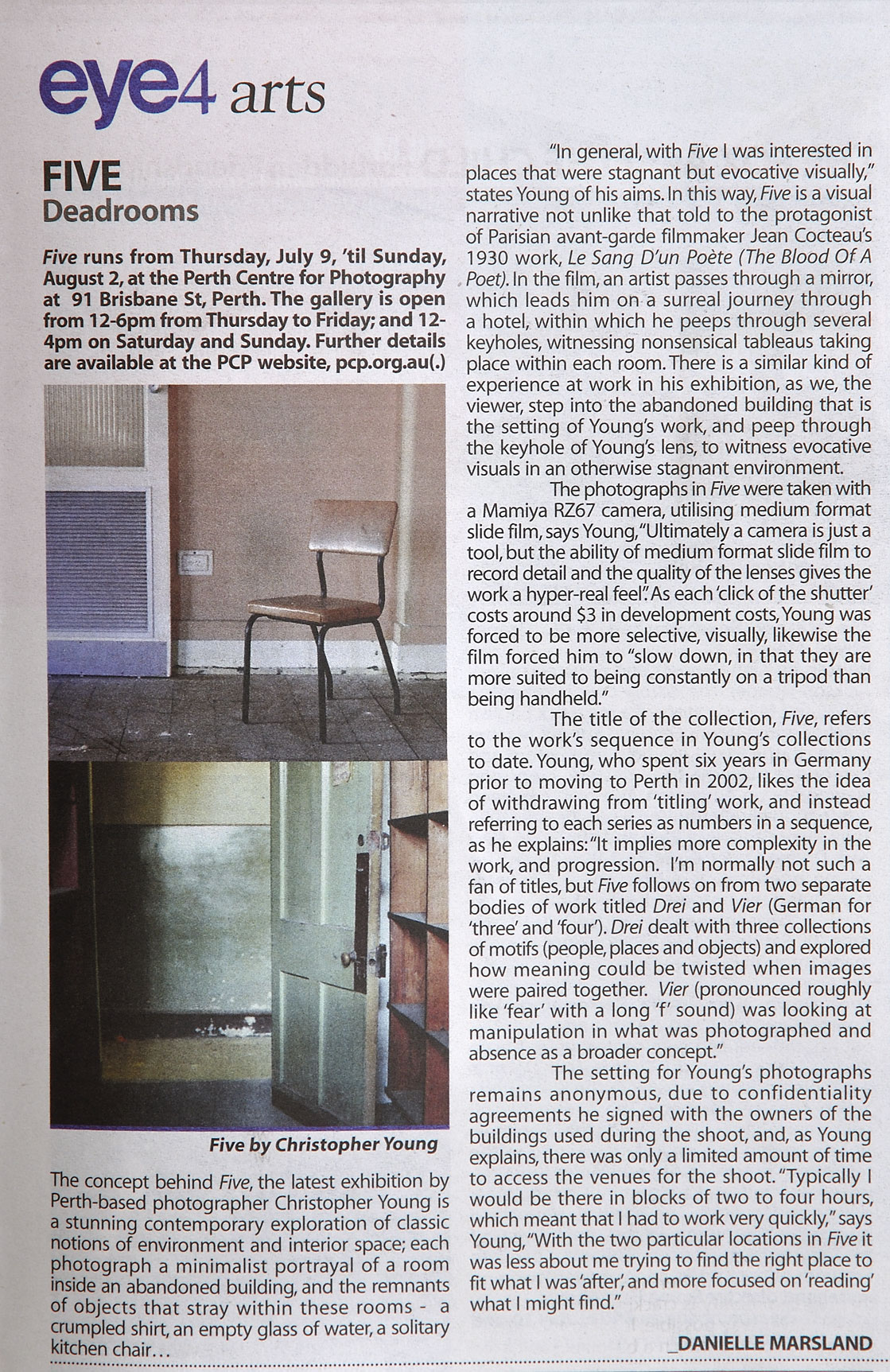
Art World – June/July 2009
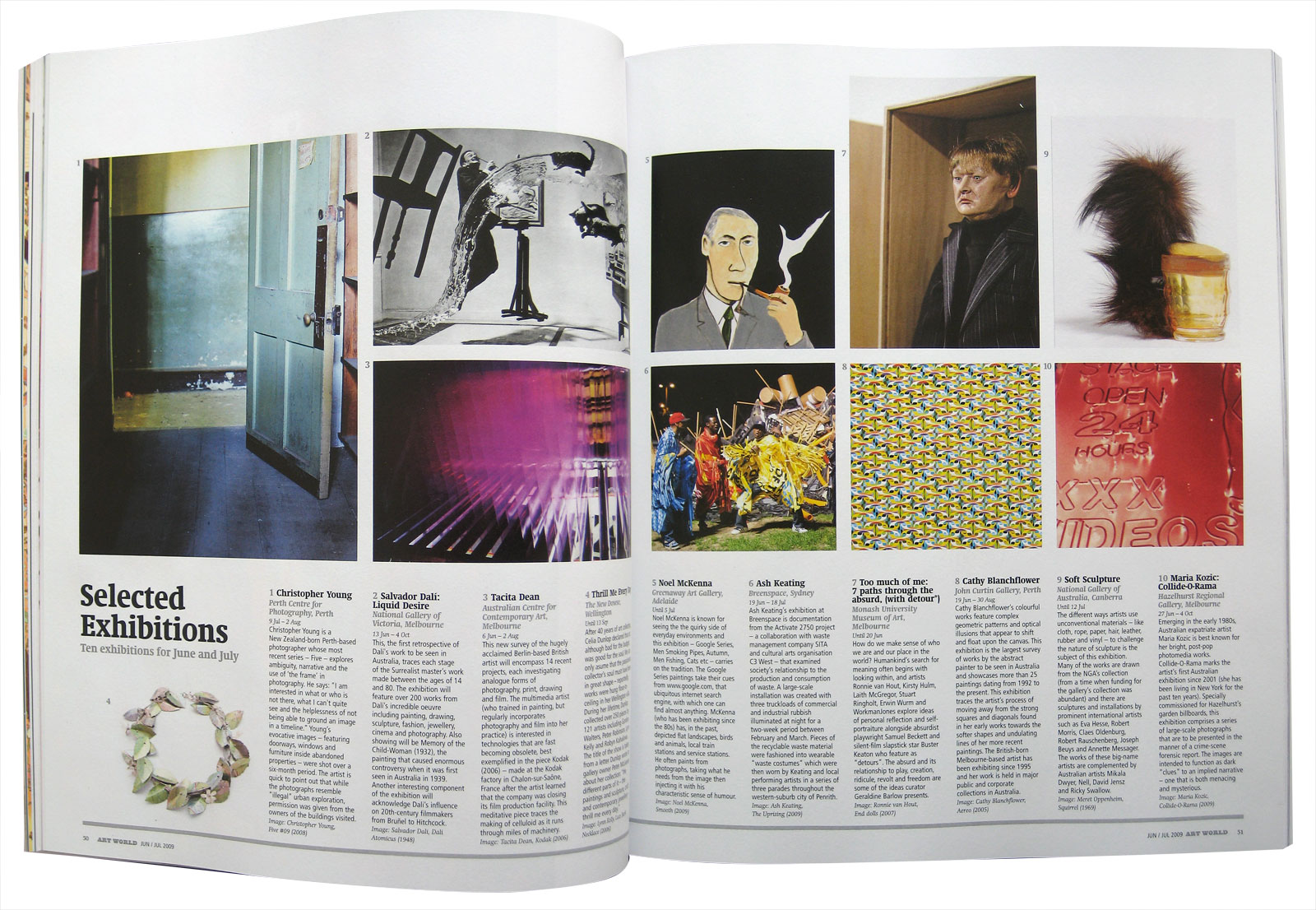
Surface Design – Spring 2009
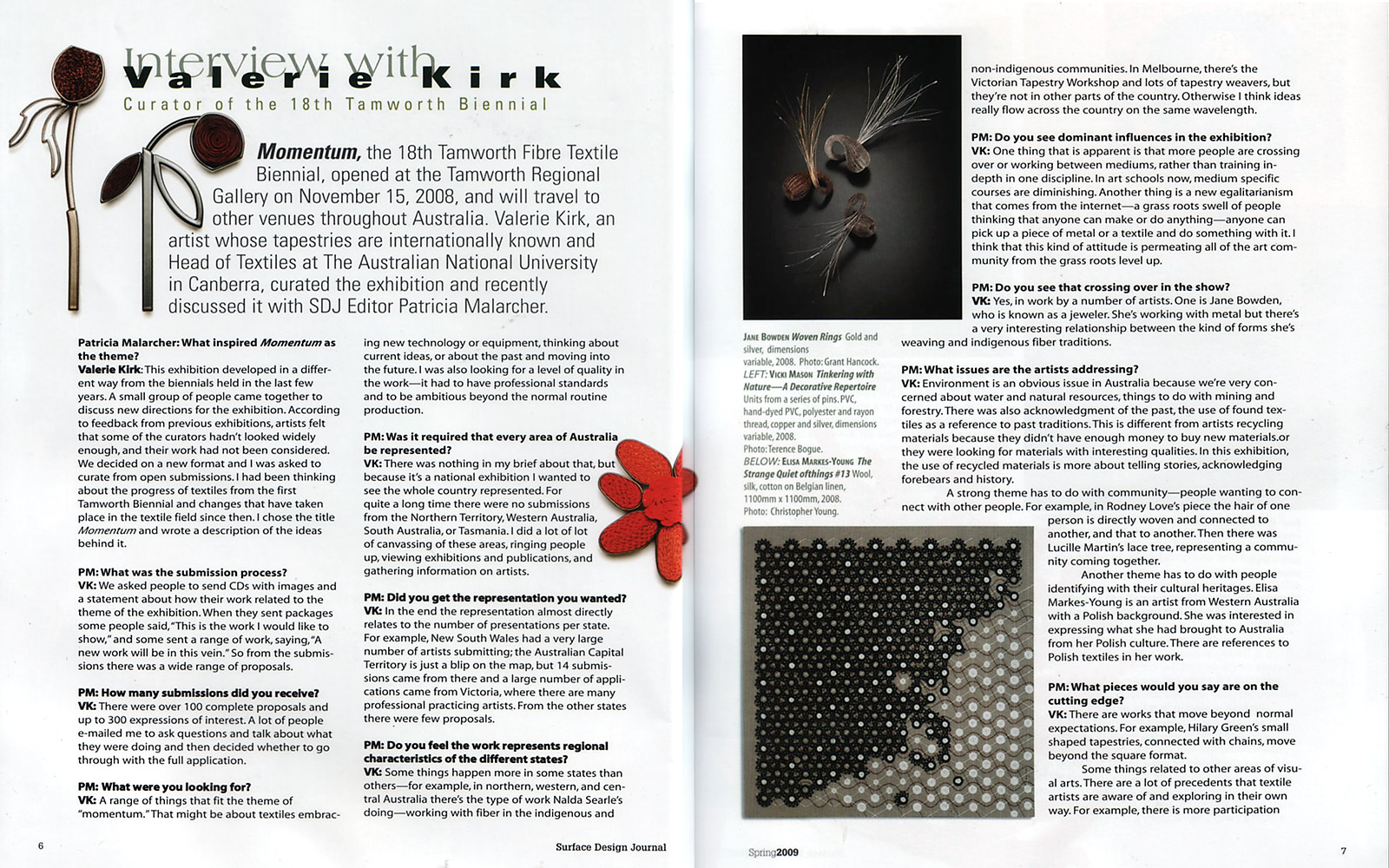
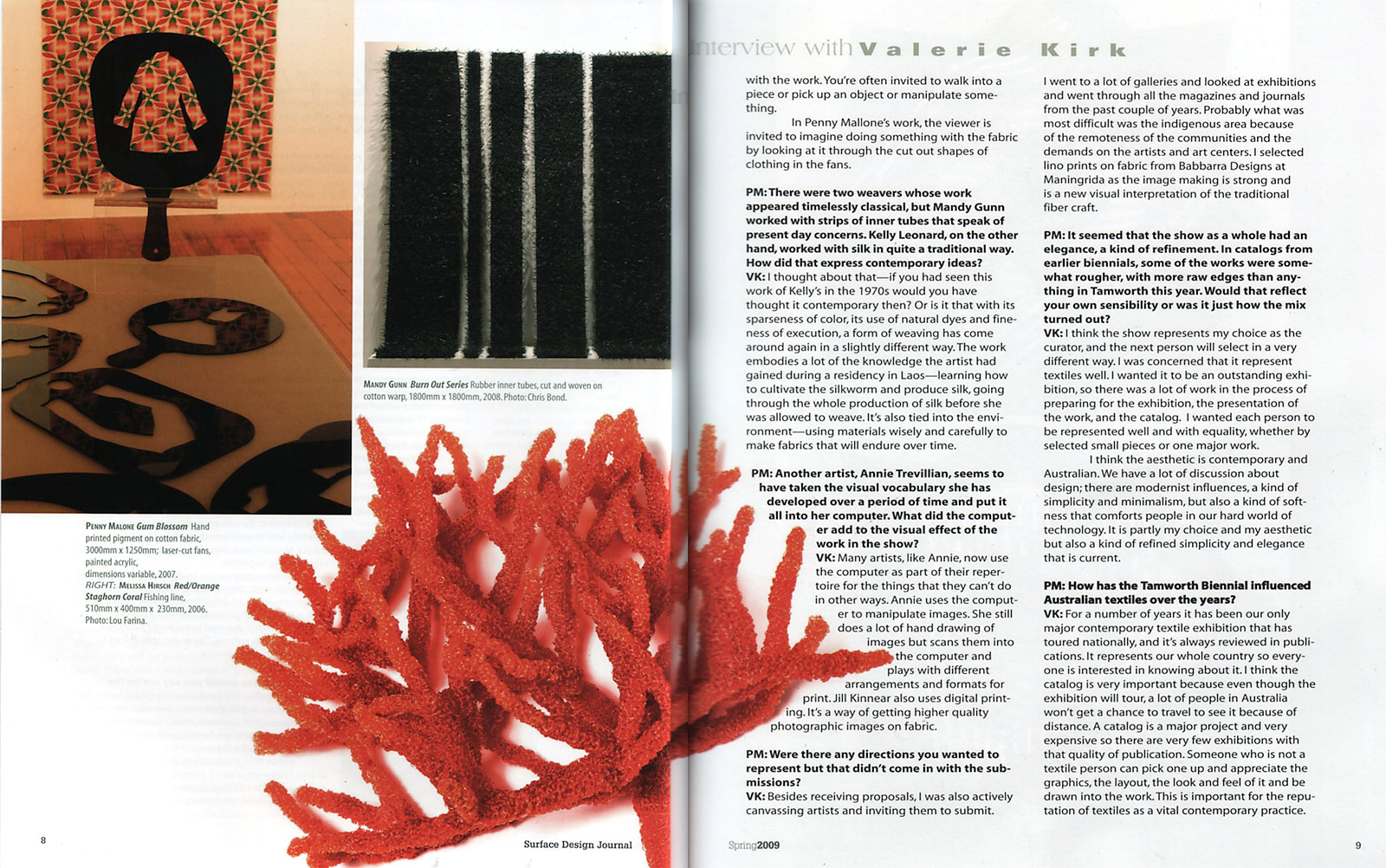
InSite Magazine – Autumn 2009
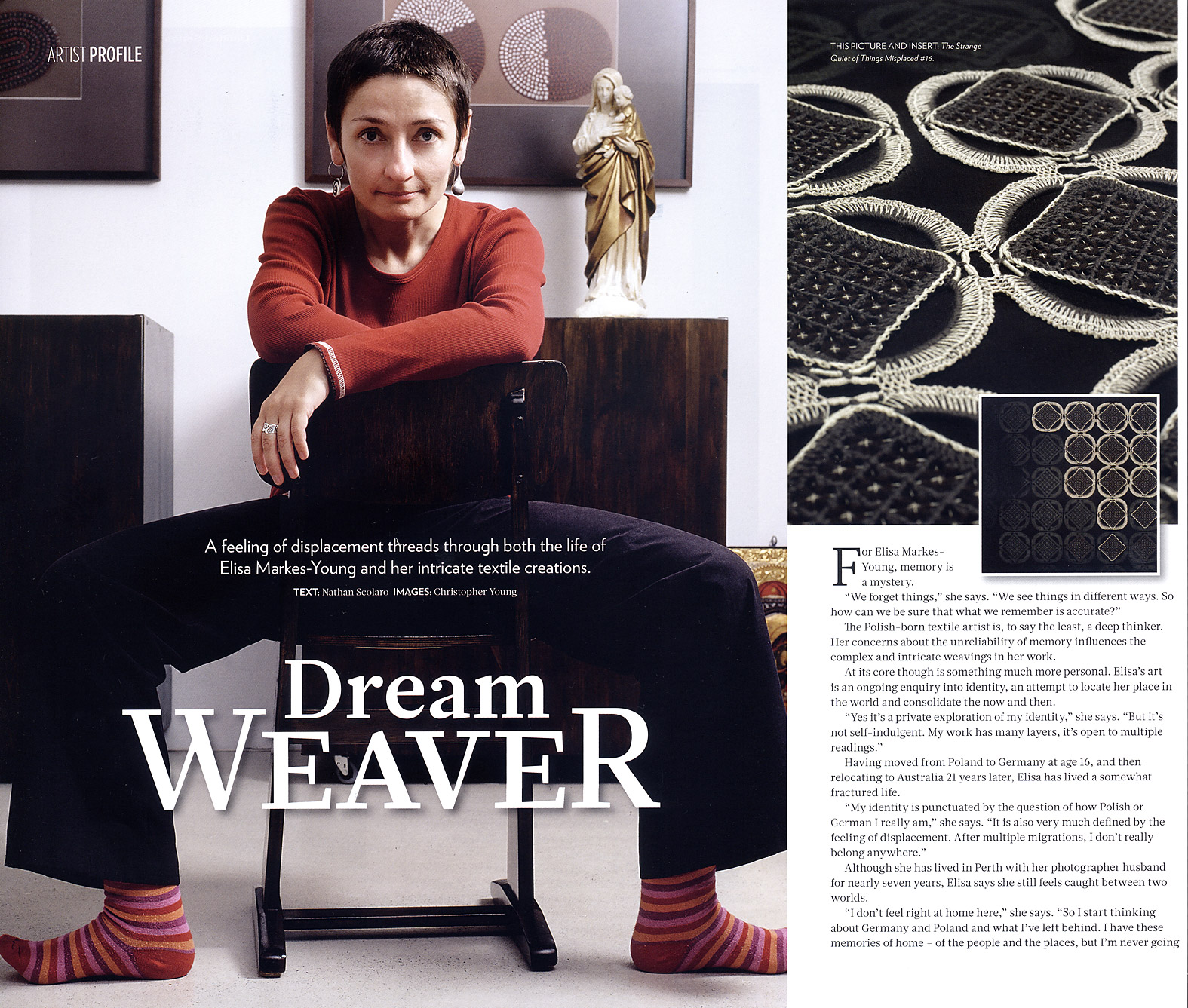
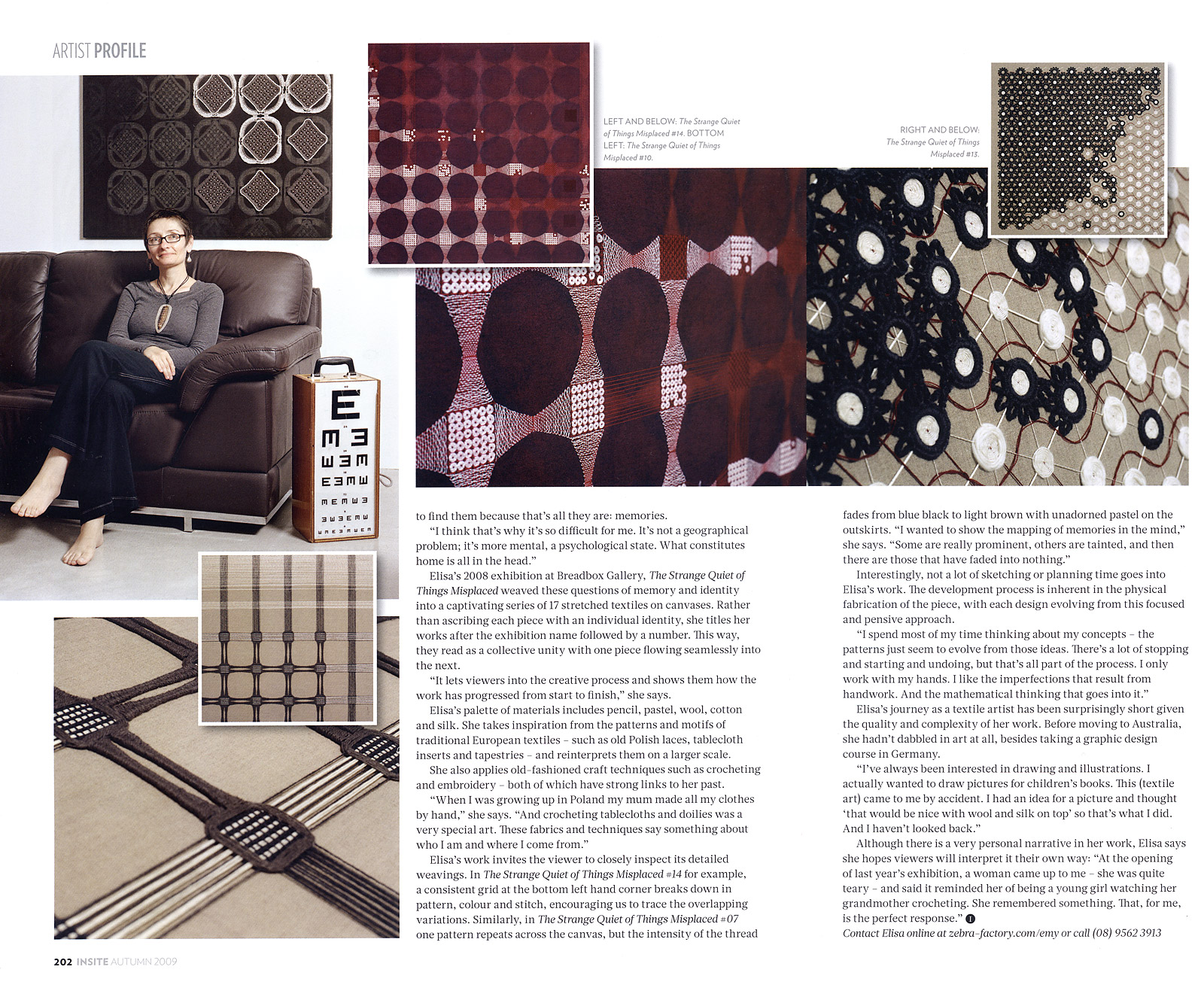
Momentum Opening
November 2008
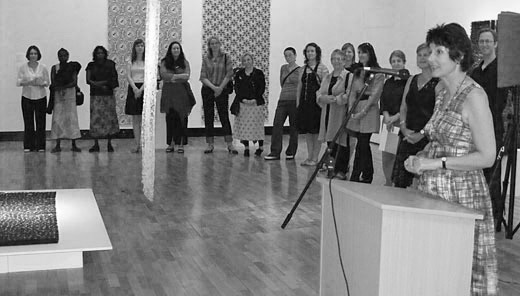
Valerie Kirk and some of the artists at the opening of Momentum. Image: Tamworth Regional Gallery.
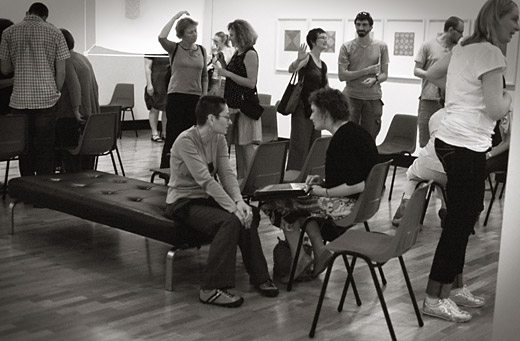
Elisa talking to Dr Belinda von Mengersen following Elisa’s artist talk at Momentum. Louise Saxton (artist) is talking with Brian Parkes (Associate Director – Object) in the background and Cecilia Heffer (artist) is far-right. Image: Christopher Young.
The Northern Daily Leader (17.11.2008)
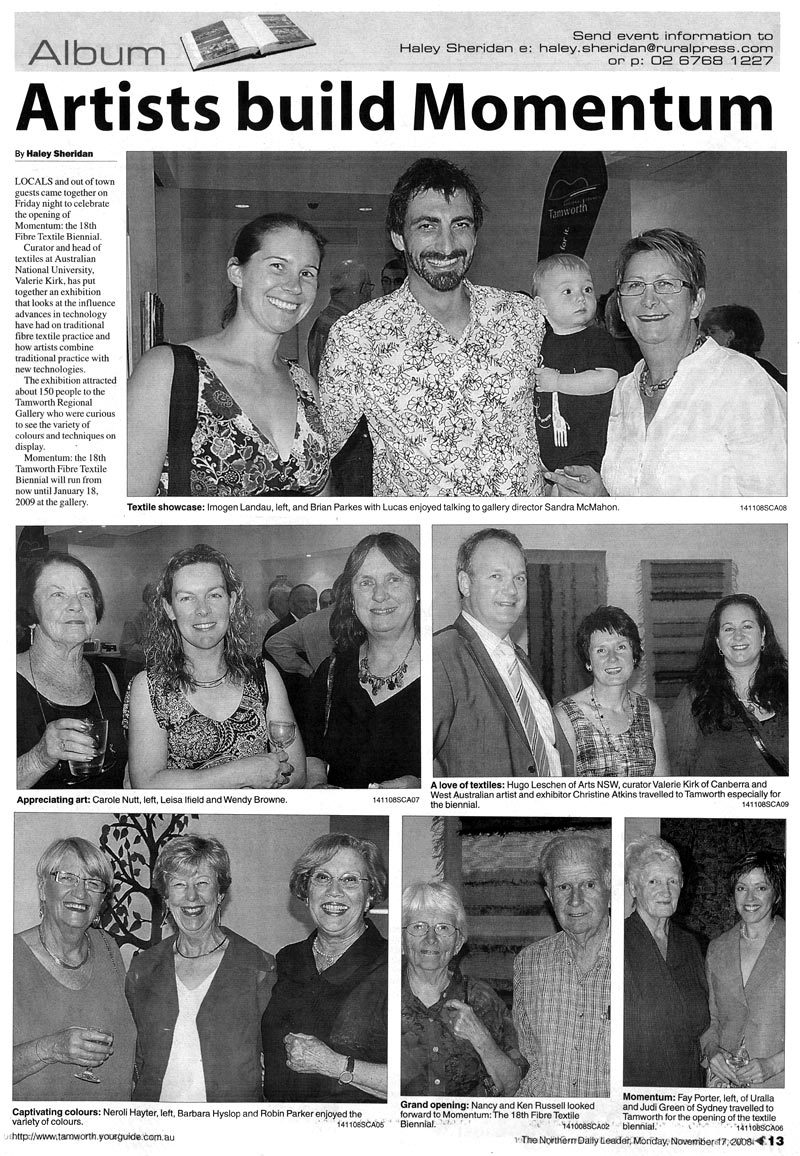
Craft Arts International – Issue #74
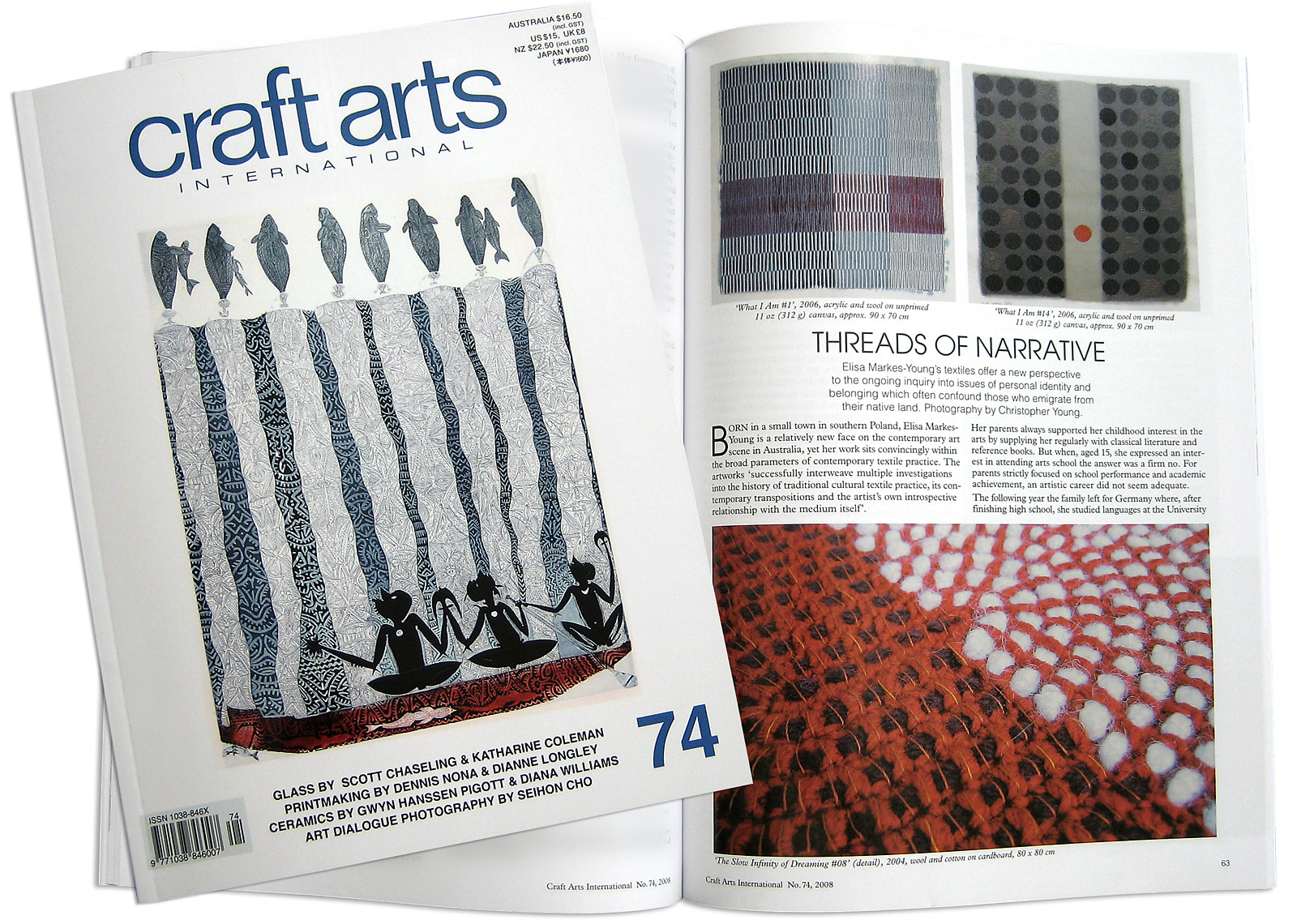
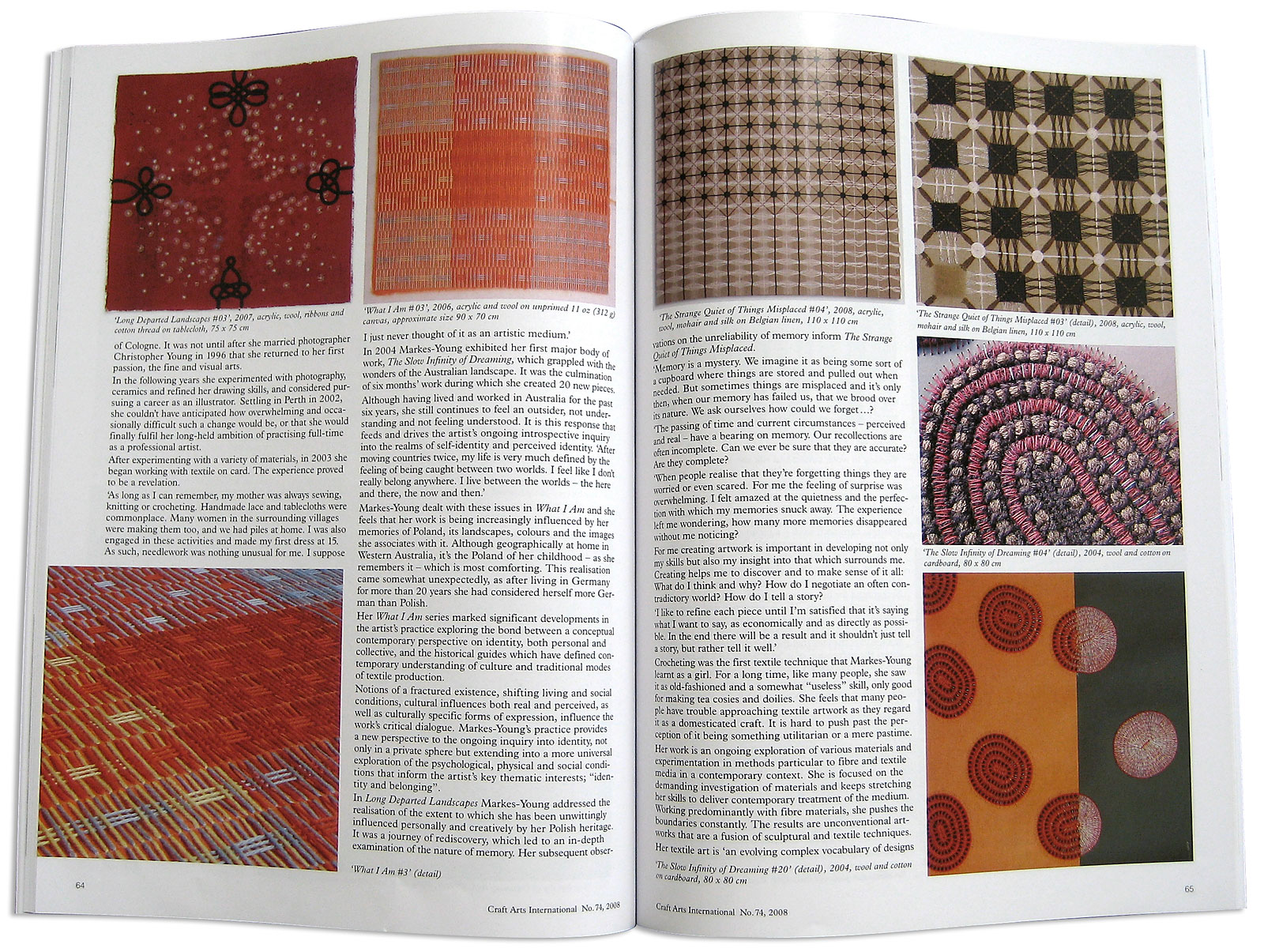
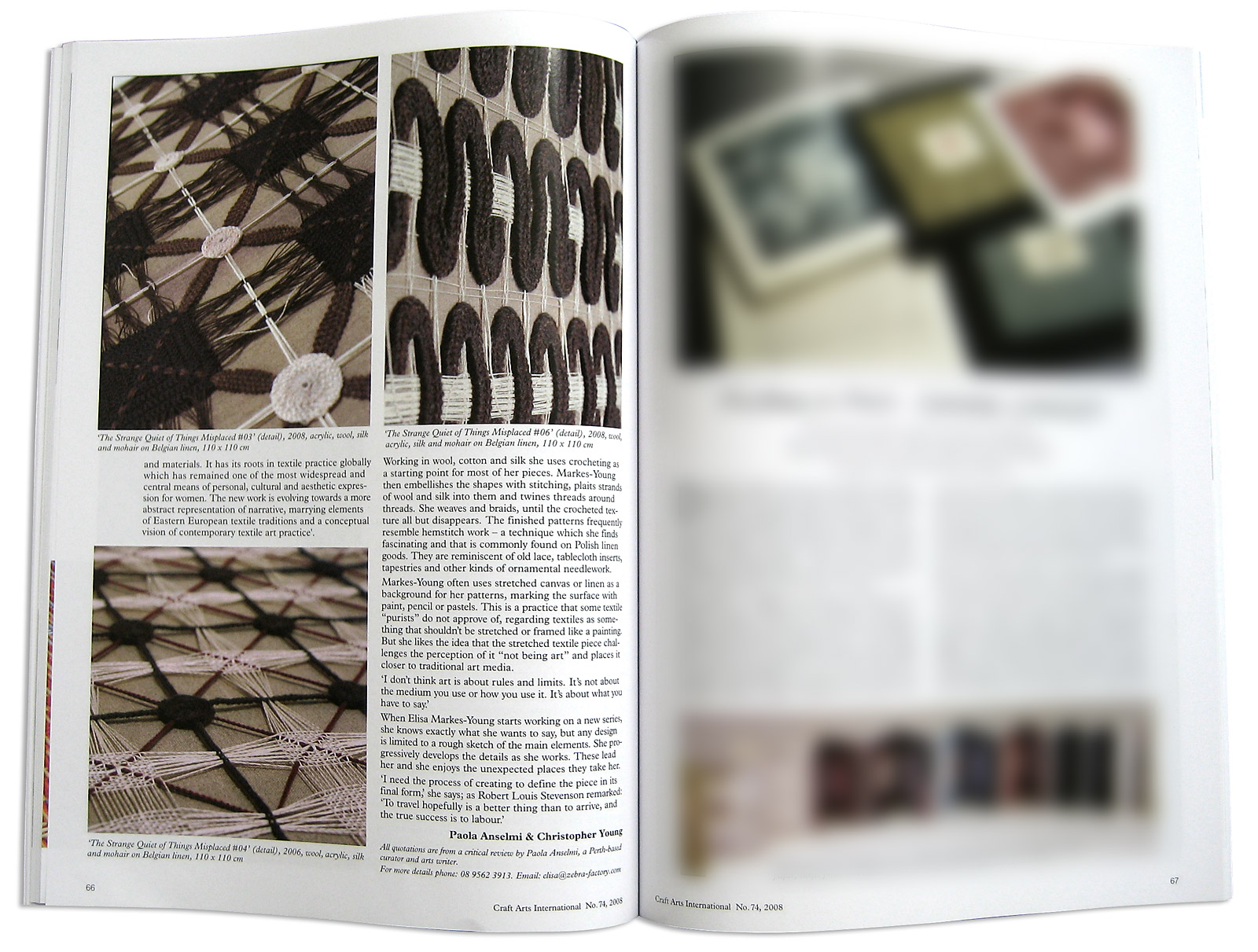
TAFTA Magazine – Issue 3. No. 91
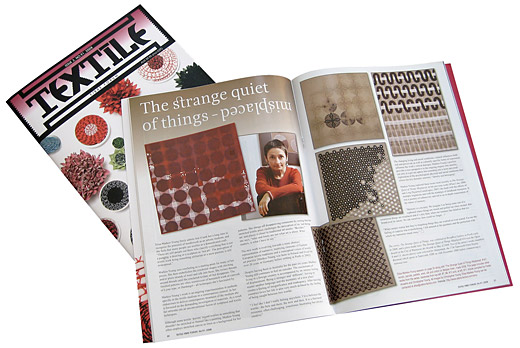
Book Launches in Conjunction with Breadbox Exhibitions
Parallel to the first showings of The Strange Quiet of Things Misplaced and drei at Breadbox Gallery in April, two limited edition books have been produced and will be launched on April 18.
These contain the full series of work, artist statements and essays by Paola Anselmi & David Bromfield.
The Strange Quiet of Things Misplaced by Paola Anselmi
Excerpt: The themes which chart the daily explorations into self are proof of someone’s presence in the world, a memory or a story, the smallest and seemingly insignificant details of recent and past existence which lead us to question who we are and how we relate to the world around us.
A Road Less Travelled… by David Bromfield
Excerpt: Markes-Young requires that one ‘see’ her strategies in making the work, quilt together touch and vision, so that as one meditates, a model of work, a mantra, grows in the mind.
Whispers by Paola Anselmi
Excerpt: … It is often challenging and always a privilege to be invited into someone’s private inner world, to be able to identify with a body of work by way of its original intent, to be privy to the reasons that fuel the initial investigation of a topic or a theme. drei as a series of works is as much a portrait of the artist as a detailed inquiry into the relationship between image, perception and meaning.
Stains by David Bromfield
Excerpt: … Photography has exceptional status in the visual arts. It has been stigmatised as an avatar of absence, darkness, death, things which are not, most notably by Susan Sontag who at times seemed to regard every photograph as murder.
Press Release: The Strange Quiet of Things Misplaced
Elisa Markes-Young will be showing new, large-scale artworks from April 18 to May 4 at the Breadbox Gallery in Perth.
Elisa is a textile/mixed-media artist whose work truly challenges the boundaries of art and craft. The Strange Quiet of Things Misplaced deals with memory and the unreliability of recollections. She was born in Poland and moved to Australia from Germany in 2002. Her work is modeled on old Polish laces, tablecloth inserts, tapestries and other ornamental needlework. These are her ultimate symbols of memory, as they lie furthest in her past.
‘Memory is a mystery. We imagine it as being some sort of a cupboard where things are stored and pulled out when needed. But sometimes things are misplaced and it’s only then, when our memory has failed us that we brood over its nature,’ she says.
The patterns she creates are intensely intricate, geometrical and repetitive, hinting at our perception of memories as a tidy, reassuring archive. These are then disrupted to illustrate the uncertainty and inaccuracy of our recollections. They dissolve, disappear and re-appear altered.
This challenging and intimate exhibition is the culmination of over two year’s work.
Press Release: drei
Parallel to The Strange Quiet of Things Misplaced, Christopher Young (b. 1974, New Zealand) will be showing new artworks from April 18 to May 4, 2008 at the Breadbox Gallery in Northbridge, Perth.
These large-scale prints of urban scenes, objects and intimate black & white portraits address various aspects of his personal life and creative practice.
As part of FotoFreo 2008, drei is a series that looks at the power of storytelling and the fictions that can be created by images.
‘Images are, for me, loaded with stories. When I see a broken door or a crumpled piece of paper I look at these further than simple observation. ‘Why’ and ‘how’ are impossible to ignore. Using very limited information and my emotional responses I fill in the gaps and create myths,’ he says.
He is interested in what or who is not there, what he can’t quite see and the helplessness of not being able to define a story behind a particular image.
By pairing artworks, a deeply personal and confronting but at the same time, completely fictional narrative is created.
This challenging and intimate exhibition is the culmination of over two year’s work.
Wanneroo Times (07.06.2007)
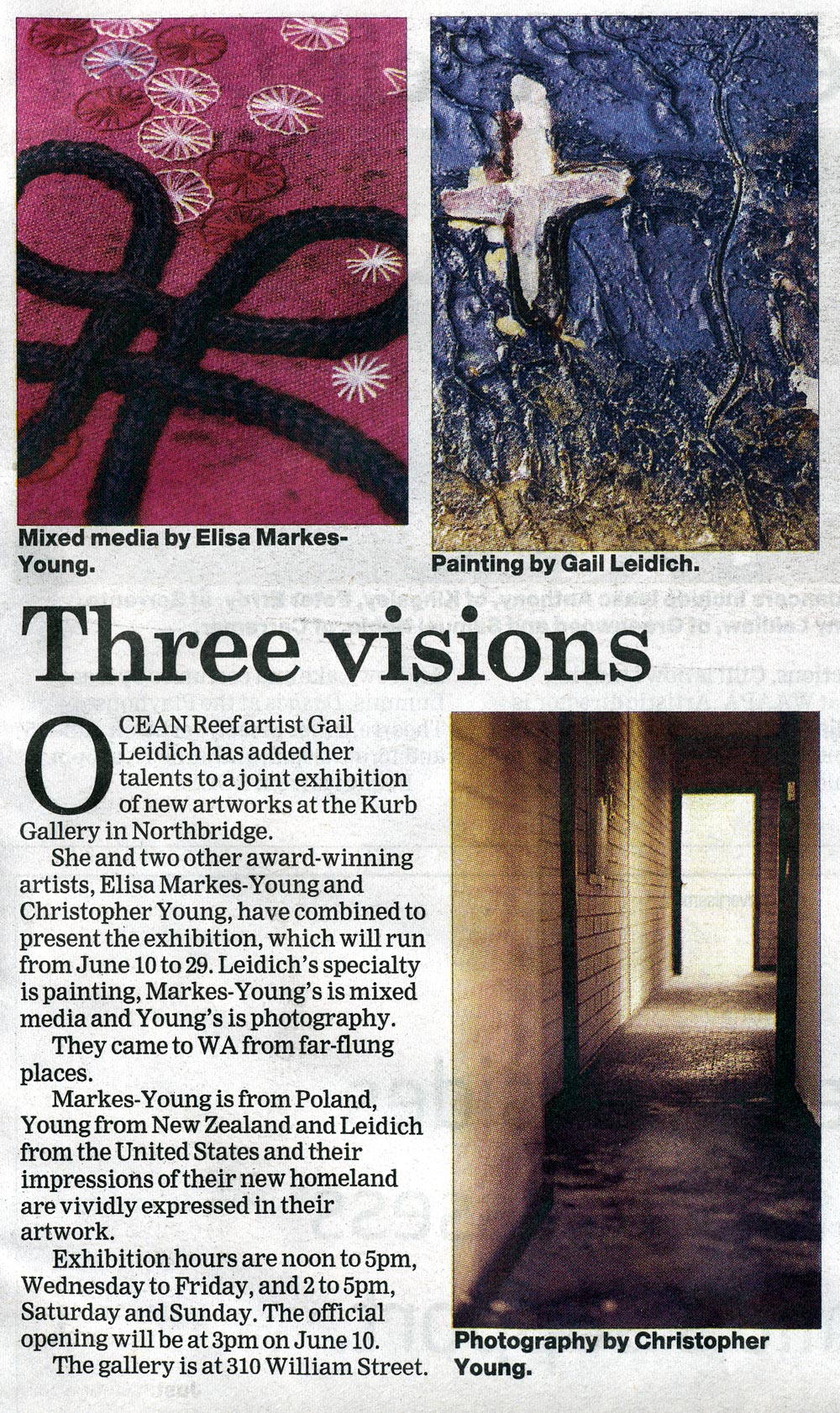
The West Australian, Ric Spencer (21.10.2006)
“Let your eyes be lulled”
It is trophy time at the Perth Institute of Contemporary Arts. This year, the BankWest Contemporary Art Prize is downstairs and the City of Perth Photomedia Award is upstairs.
The BankWest Prize is primarily an exhibition featuring a who’s who of local oil and brush fame and this year’s winner is Lisa Wolfgramm for her piece suitably titled Painting #218, an intricate work of horizontal and latitudinal splodges that build up blocks of patterned colour.
Most of this year’s entries on canvas use composition in a symmetrical and rhythmic way.
If this show is an example of contemporary painting in Australia, then the days of rupturing space on canvas are over and we are well entrenched in a phase of lulling the eye at a slow, controlled pace.
Next to Wolfgramm’s winning piece is Loongkoonan’s Bush Tucker in Nyikina Country. I found it hard to keep my eye on the winner with this incredibly vibrant and overpowering work dancing on the periphery of my vision. On four panels, Loongkoonan’s piece is a lesson in compositional and colour elements with the added allure of personal narrative.
Nearby, Ngarra’s A Visual Autobiography is a knockout work built on nine panels which use a fantastic symbolic language to engage the viewer in the life and travels of this Kimberley elder.
Hanging nearby again is Christopher Young’s seductive lightjet prints drei #4-5. Showing indoor snapshots of doorway and chair, these ‘painterly’ works have an Australian suburban timelessness embedded in the hues of pinks and greens.
(article continues)
Insite Issue 9 (excerpt), Narelle Yabuka
Polish-born Perth artist Elisa Markes-Young laments the fact that definitions of art are too often limited to painting, drawing and sculpture. “I hear people say, ‘oh, my wife is doing stitching too’. I think some work needs to be done to make the general public aware that other things are art too.”
Elisa also lived in Germany for a time, married a New Zealander and settled in Perth. Not surprisely, issues of identity and landscape pervade her art.
“I’m not doing what is usually understood as textile art,” she says. Instead, the work comprises delicately stitched forms and patterns on a base of painted canvas or linen.
Subject matter ranges from themes of germination, growth and decay to cultural displacement.
“I’m not a fan of figurative work,” she says.
“I don’t think you should see straight away what the inspiration was for a piece. I try to show what I feel when I see these things.”
2004 Press Clippings
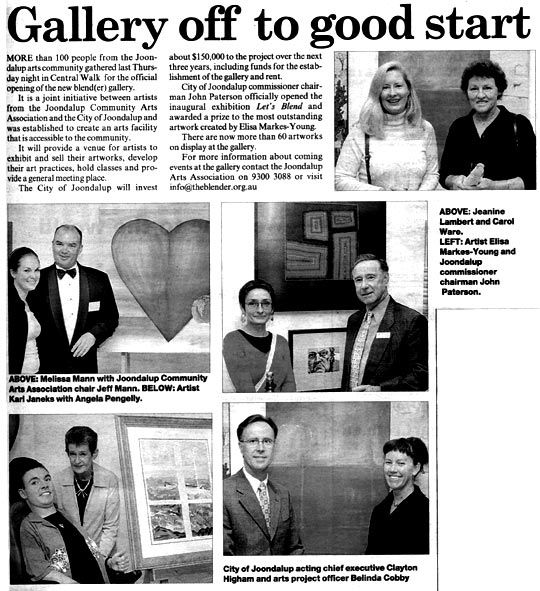
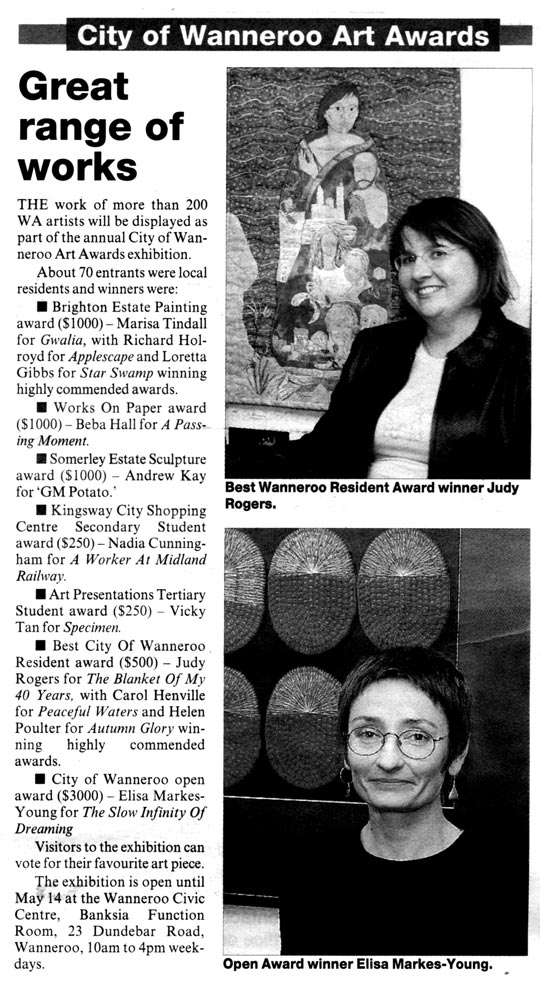
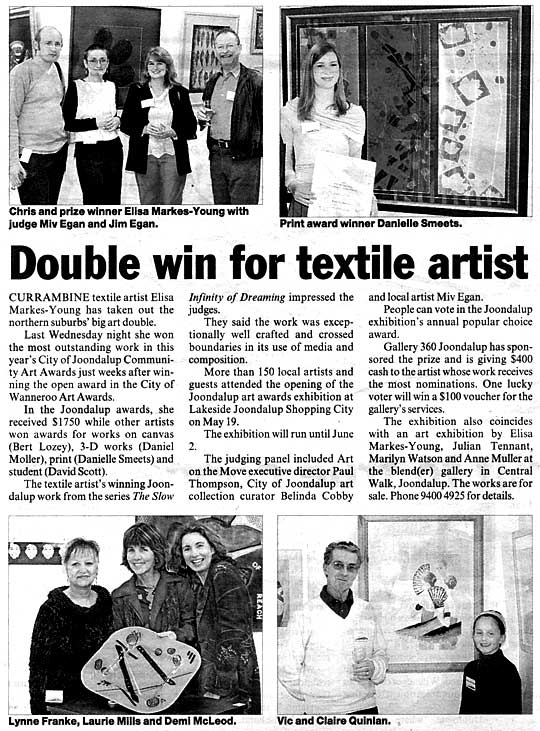
Northern Advocate, Stephan Tengblad, 03.08.1996
“Even more of a must than Shortland St”
The Contemporary Gallery of the Whangarei Art Museum in Water St has its second exhibition after its opening with the notable Classic Pat Hanly show.
Space is given over to younger artists Chris Young, [artist name] and [artist name], and the prestine white white walls of the rooms contrast with the subdued tonalities of the sharp, clean lines of the very trendy installations sprawling off the walls and across the floor.
Consisting of fashion design, interior furniture design and photography which can hardly be said to be that alone, the show is a must-see exhibition featuring works and ideas which are just as much part and parcel of the contemporary cultural psyche of middle-class New Zealand as Shortland Street. The difference is that you do not often go to an art gallery to be entertained.
On the contrary, Chris Young’s comments that his works are at times possibly inspired by excremental figments of his abdomen could mean some visitors may end up being quite disgusted.
On the other hand, it could be argued that provocative art is on a par with A-grade porn or horror movies – at the cleft between practices aimed at select audiences and the works of valiant moral barrierpushers voluteering to become martyrs at the hand of conservative fundamentalism.
Be that as it may, the works of Young are aesthetically above other futile contraptions aimed at shocking an audience, such as the recent invitation to trample the national flag in the precinct of the New Auckland Contemporary Art Gallery.
The sad thing is that we also learn in this show that Young, a recent graduate of a particularly good crop of students from the Northland Polytechnic applied arts course, has now gone to live in Auckland.
One can only hope that with a better cultural infrastructure – such as this particular civic amenity – willing to show us buckets of shit if necessary, this emigration of bright young talented Northland people to the metropolis will, if not come to a halt, at least abate.
Chris Young’s large black and white images, attached with gaffe tape of various widths and angles, exude a kind of sado-masochistic flavour through the interaction between the violent white walls of the gallery and the human flesh slapped thereupon.
Strapped and skewered to one convex corner, jutting out into the room, is an untranslated Asian phrase with the fine trembling outline of the pictograms whipped up by a thin start length of tape. In a concave corner, crumpled pieces of paper – like so many intellectual debris attesting to an inner rage having its musical correspondent in grunge and other symphonic rip-offs – lay about at the expense of that very raw energy which created them.
Visual perfection is somewhat absent from these works, which lack a little sympathy for their victims. But they are certainly not lacking in seriousness of intent and purpose.
The ability to express feelings of contained anger and frustration is, in creative terms, hard than what it may seem on the surface.
While no doubt many will not bother trying to comprehend the fine emotional balance Young is trying to achieve, his is a balancing act well worth following.
[Artist name] is another graduate from the Northland Polytechnic who has gone to Auckland to seek fame and fortune – something the several-times winner of fashion awards has had a taste of already.
His Oceana garment exhibit features a dress and short top made of his popular hand-made fabric loosely based on tapa cloth texture and design.
An interesting detail is that this primarily Polynesian concept is layed with very Palagi acid-free tissue-paper. Like a fox’s paw dipped in flour, the garment is both stylish and cunning.
[Artist name] is also based in Auckland but graduated from the Wellington Polytechnic.
The most interesting of his by-now classical, post-modernist pieces may well be the Engineering Table Lamp on the left as you enter the space.
Northern Advocate, Rosemary Roberts, 20.07.1996
“Three combine talents in exhibition”
An award-winning clothes designer and textile artist, a furniture-maker and a photographer are presenting examples of their work in an installation for the new Whangarei Art Museum’s second exhibition.
The show will be previewed for Friends of the Museum and others on Monday and open to the public from 10am on Tuesday. It runs until August 30.
The exhibitors are Chris Young, [artist name] and [artist name]. All are in their 20s, have Northland connections and live and work in Auckland.
[Artist name] is showing his winning entry in the 1996 Smokefree Fashion Design Awards – a paper gown made of waxed tissue layered on brown paper along with two complementary wall-hangings.
The gown is printed with the limpit motif he used so successfully on his winning entry in the New Zealand finals of the 1994 Smirnoff International Fashion Design Awards. His entry made the final six at the international finals in Dublin and was later bought by the Auckland Museum.
Photographer Christopher Young learned his craft at the applied arts course at Northland Polytechnic. He graduated 1994 and worked at the school for six months as a visual communications technician and then went to Auckland for work in desktop publishing. He says that the six large photographs he is exhibiting are an expression of the tumult in his digestive system as he built a new life in Auckland.
His work has previously been seen at the 1994 graduation show at the Geoff Wilson Gallery and at two group shows in Whangarei last year.
[Artist name], originally of Kaiwaka, trained as a jeweller at Wellington Polytechnic. A six-month spell spent working in steel with a Northland engineer generated an interest in furniture-making, particularly in steel.
He now works as a furniture-maker (Bass Design), manufacturing on commission with range of about 10 pieces.
The works he is exhibiting are new, one-off works based on the concept of furniture as art.
[Artist name] says he is interested in bringing a number of materials together in designs suited to the materials and based on minimalist construction principles.
He aimed to produce “something functional, useable and attractive – the attractiveness being the emotional element that makes it art, as opposed to being merely functional”.
The three men will create a unified installation from their separate mediums.
Curator Scott Pothan says: “These people deserve to be in the art museum because what they are doing is very much more than just manufacturing furniture and textiles.
Northern Advocate, Stefan Tengblad
“Independent Silence”
A real treat is in store this week for those starved lovers of large spaces for contemporary art. On the second floor of the North 10 building in Cameron St, Whangarei, they can indulge themselves in vast uninterrupted spaces of white walls which here and there feature rather superb artworks.
Chris Young, [artist name] and [artist name] have combined to bring a serious contemporary art show to town. And the extra large space illustrates the need for vast expanses of wall space to properly set off contemporary art.
The more mature works of Young and [artist name] reek of the serious stuff of life for both young and old. While very Western and white majority culture, the idioms expressed through the work of these relatively early career pieces speak of the emerging consciousness of geographical and cultural values of which this country could well be at the forefront.
...
Chris Young’s Silence series, now entitled Biblia Pauperum or the poor man’s Bible, unfold a dramatic odyssey in photographic form strangely allying elements of pop romantic cartoons with highbrow Victorian decadence. This is the third instalment in a series of five revealing a very talented young artist who needs all the encouragement one can get from a provincial town often denied the sophistication of larger centres.
Northern Advocate, Stefan Tengblad, 18.02.1995
“Tutors scale the heights”
Towering heights dominate this weeks offerings on the gallery scene.
While the Community Arts Council came to a grinding halt, tertiary colleges such as the Northland Polytechnic and its Geoff Wilson Gallery slowly woke up to the fact that the holidays are over.
The year has started with a bang at the polytech’s applied arts department, with its tutors putting on a show worthy of the highest accolade for the quality of the works, their presentation and the insights they provide into the inner workings of our art tutors’ artistic minds.
At the risk of repeating myself, I can only say that [artist name] is a talented sculptor who has been forced to turn to jewellry and the teaching thereof in order to afford the warrant of fitness on his car, and that Chris Young has to pretend to be an ad man when all he really wants to do is create meaningful pictures.
[Artist name]’s series of Tools My Father Never Made may incorporate a little Dennis O’Connor and Daniel Clasby. But they are quite remarkable for their straightforward plastic presence.
His are larger-than-life reminiscences of ancestral tools to which every child clings with fond memories of jobs donw for the pleasure of it. They sit very comfortably within the framework of our growing cultural awareness.
For those of you who still grapple with the concepts of modern art and intellectual installations type of works, this show is compulsory viewing. You may come away reinforced in your beliefs that some people are totally nuts, but at least you will have been challenged into asking yourself why.
However, you would have been wise to stay away from the preview. As if these occassions are not stiff-upper-lipped enough, in this case participants in the show walked past you with a supercilious air clutching their secretly gotten wine goblets while you were left pondering the wisdom or prosperity of helping yourself to some lemonade.
They height of arrogance may come at a price, but this writer is unwilling to chastise, and is led to believe that in the name of economy and in order to justify being mean, one keep’s one’s feelings to oneself.
Fortunately this is not the case of Chris Young, who lets forth a charge of emotions – some of which might even be quite disturbing.
In the first instalment of Silence No. 1, the buttock image in this giant black and white mural riddle was rather discreet. Here, in the second of a series of reworkings of the presentation, it is given prominence – with the result that while the work is still hard-hitting, it has gained something of a luscious bite.
Along the same lines but not quite as successful is [artist name]'s Nursery Neurosis. The theatrical component of the work is not as profoundly thought out as in Young’s piece.
On the subject of theatre, [artist name] presents a series of photographs of his stage productions with Northland Youth Theatre well worth a cursory glance, despite their small size.
[Artist name] shows large illustrations of Irish folk legends with the intricacy of lace work, and [artist name] presents a series of short stories, Sistergirl, the jacket of which is slick and very chic.
At the PGA Arts Promotion Centre in First Ave, [artist name] is showing is very own interpretation of towering heights, namely paintings representing large city skyscrapers. I have said before than Smythe still has a long way to go. This still stands, but trying is the only way to go.
Northern Advocate, Stefan Tengblad, 26.11.1994
“Graphic Design Hijacked by Militants”
The Geoff Wilson Gallery is presenting the work of third-year graduating students of the visual communications and craft design courses offered at the Northland Polytechnic Applied Arts Centre.
Despite the course’s emphasis on practicality and the marketplace, it is heartening to discover that most of the students treat it as an alternative to art school, enabling them to spend their formative years in Northland.
Thus it is that the medium of graphic design has been highjacked by high art militants in search of creative expressions of the soul. This is not to say that advertising cannot be creative or divinely inspired, but a degree of suspicion is a healthy element in the critical analysis of the motives behind producers of art.
With a brilliant display of technical bravado, two students in particular have come up with works that sit very comfortably within the hallowed space of the contemporary art temple.
[Artist name] and Chris Young both present black and white compositions based on typesetting and photography, but each reflect a very different sensibility.
[Artist name] manages an early Russian minimalist approach to Dante’s Dvine Comedy in the framework of the Christian triptych format. A cool and calculated examination of human modes of perception, his work invites the eye to play a sort of mirror-image ping-pong game.
Intellectual confidence and serentity are echoes by his swift and assured drawing skills that introduce just enough of the natural into the computer generated imagery.
Young, on the other hand, produces what must be doubting Thomas’s worst nightmare. Wild passions are unleashed with a scream. We can only be thankful that his picture does not come with the integrated audio component.
It is not careful-with-that-axe-Eugene from Pink Floyd’s Saucerful of Secrets here, but Careful with that Scimitar Salome from the pen of a yet-unborn composer that springs to mind.
The photography is superb and the imagery disturbing, introducing a romantic element into an otherwise competent, but with the usual squalid touch, postmodernist work.
Silence No. 1: Death of the Innocents draws simultaneously on traditions as apart as Judaism, Katherine Mansfield, Michaelangelo, Andy Warhol, and Chinese Classical Theatre, not to mention Henri Cartier Bresson. Let’s hope that the Young Turk keeps at it, perhaps a little Gerschwin might be the appropriate track to lighten the burden of a stripling’s existentialist stress.
[Artist name] completes a trilogy of viscom men working in two dimensional skills by successfully attempting to throw in that extra spatial depth in his untitled black perspex box. Summoning up a mountain of flesh from the bowels of the earth, [artist name] sheds no tears over the loss of innocence. In the mammiform recess of her clay piece Ko Tangihua te Maunga hides a slivering snake. Her hangi plates would be perfect in the formal setting of a Maori restaurant dining room.
Formality of the religious kind goes down the drain with [artist name]’s Funky Crucifix, the chain of which is that of a sink plug. Her Heart and Soul jewellery set feature the unusual dyed bone ornamental and spiritual material in another cross design of clover leaf.
Trust, love, respect, sacrifice and aggression are all words featured in the tantalizing You and Me Choker of [artist name]. Sacrificial figurines in a weird back twisting position make up her Rhythmic Form Necklace.
[Artist name] shows some very thorny broaches, of which No. 90 embodies the most poetry. [Artist name]’s glassware has some out of the ordinary shapes and colours, as in Apricot Bowl and Black Bowl.
[Artist name]’s imposing sculptures brood in their corner and [artist name]’s Axes stand guard at the entrance of the gallery, but the most beautiful piece in the show is quite probably his Blue Bowl II No. 15.
[Artist name] photographs and document the students at work and posing.
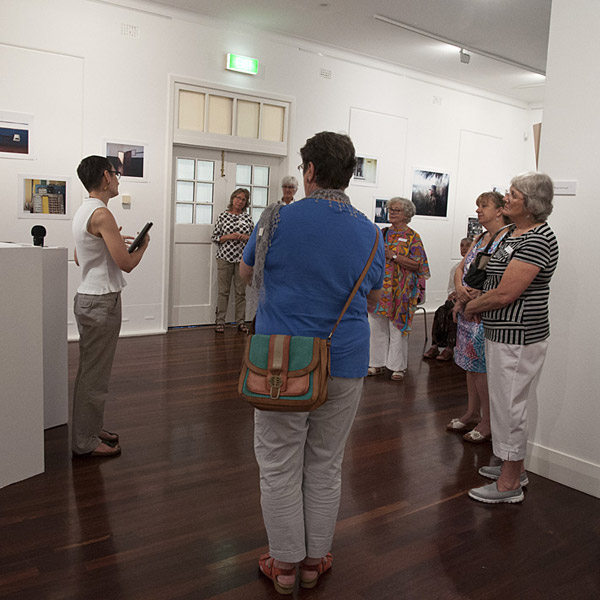
The Original Place artist talks as part of Improbable Returns at Heathcote Museum & Gallery, March 2016.
Latest News
Read more about what the animals are up to including upcoming exhibitions, awards and other events...
Awards
Here you will find a selection of creative awards won by various zebra-factory members.
Newsletter
We send out a monthly newsletter to subscribers.
Contact Us
Phone: 0421 974 329 (Chris)
Email: write to us!
Newsletter: Subscribe
Web: zebra-factory.com
